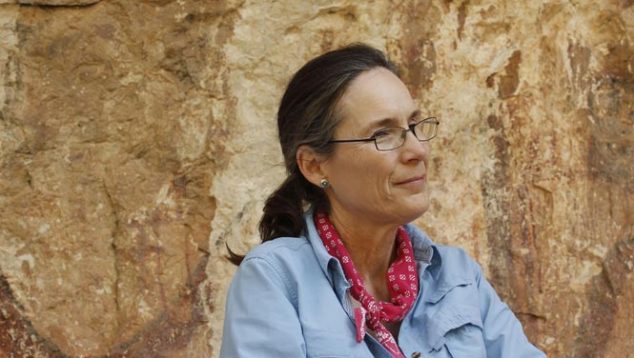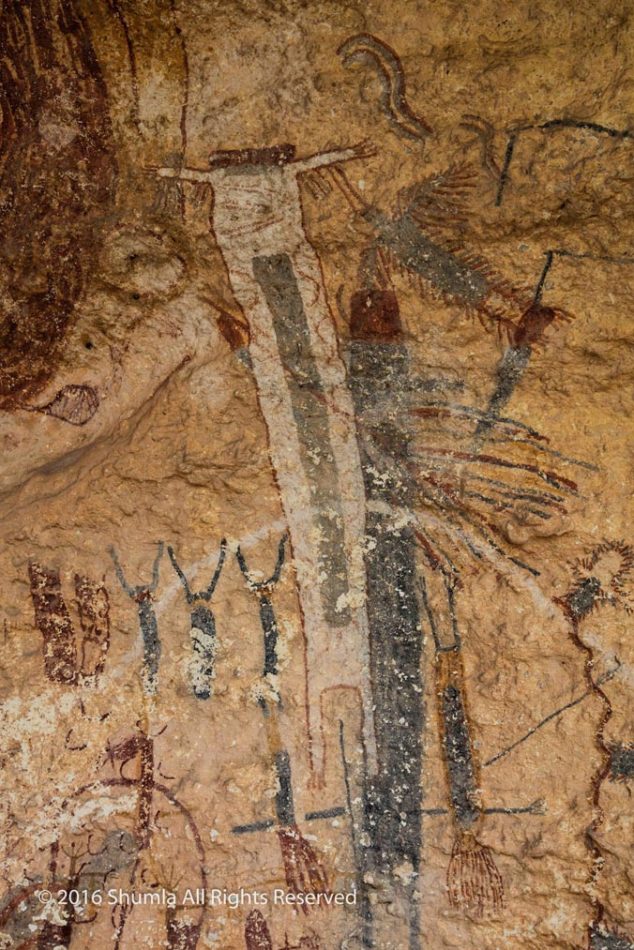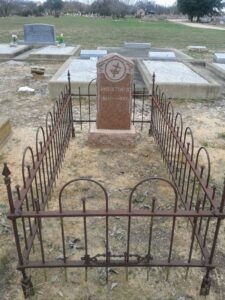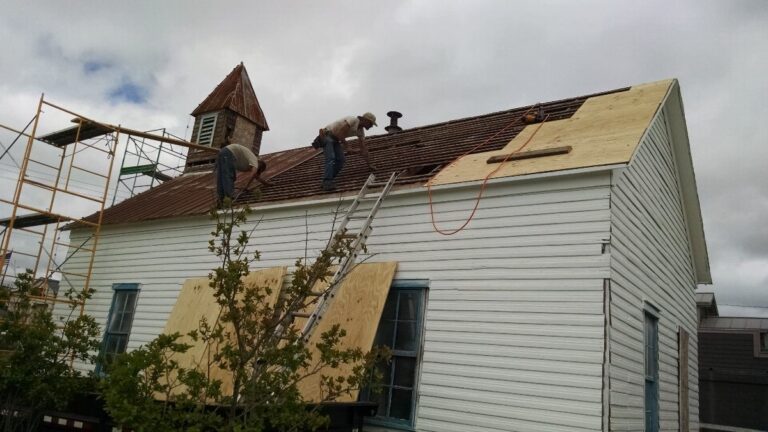July 20, 2024
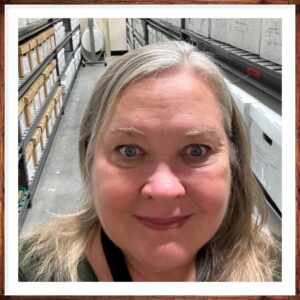 PRESENTATION TITLE: “A Deeper Understanding Through Collections”
PRESENTATION TITLE: “A Deeper Understanding Through Collections”
SPEAKER: Aina Dodge, Archeology Laboratory Director and Collections Manager, Texas Parks & Wildlife Department (TPWD)
Aina Dodge discussed the responsibilities of an archeological collections manager and how collections can contribute to a deeper understanding of Texas’s history and prehistory. Whether processing new collections or diving into legacy collections, there are always hidden clues to help researchers refine their understanding of those who lived here before us. Aina talked about finding answers to researchers’ questions and unveiling answers to questions they didn’t even think to ask. She also discussed the roles of State and Federal collections repositories and private collections.
AINA’S BIO: Aina Dodge is a native Austinite who first became interested in archeology while exploring the 1845 Davis Cemetery behind her childhood home. Aina graduated from UT with a degree in Anthropology and worked as a contract archeologist before starting at TPWD in 1993. When not working on collections management projects, Aina collaborates with TPWD exhibit planners and park interpreters to tell the story of the prehistoric and historic occupants of what are now Texas State Parks. She is also very involved with the Texas Archeological Society and has managed the field lab during the annual field school for the last four years.
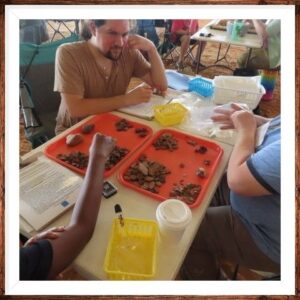

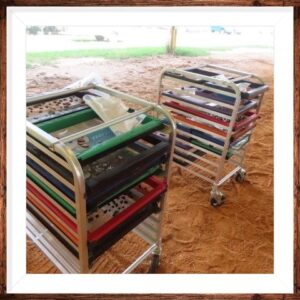
May 18, 2024
PRESENTATION TITLE: “19th Century Foodways in Texas”
SPEAKER: Amanda Maloney, the Creative Assistant Producer at the Texas Center at Schreiner University
Texas has long been an intersection of people from various backgrounds. With extensive experience in historical foodways, Amanda Maloney will be presenting on 19th-century foodways in Texas, a time of rapidly changing technology and food. Amanda will discuss and demonstrate period recipes and methods throughout the lecture.
The audience had the opportunity to “taste” Texas history.
AMANDA’S BIO: Since 2005, Amanda has worked in education at natural landmarks, historic sites, schools, and museums in Texas, including sites managed by the Texas Historical Commission and The Alamo. As a Historic Farm Manager and Museum Educator, she produced various educational programs for children and adults, connecting them with history through unique, immersive historical experiences. Amanda is passionate about heritage tourism, combining her love of historic sites and immersive education with travel. Amanda has served on the board of the Texas Living History Association and the San Antonio Living History Association. She is also a member of the Association for Living History, Farm, and Agricultural Museums.
Amanda holds a Bachelor of Music degree from the University of Texas at Austin, where she completed training as a music educator. She maintains Texas Teaching Certification in History and Music. Amanda enjoys volunteering at historic sites, music, gardening, cooking, and spending time with her husband and three children. She believes in lifelong learning. Currently, she is learning farm animal husbandry by owning heritage-breed animals.
March 16, 2024
PRESENTATION TITLE: “Recent Advances in Vertebrate Paleontology, Jackson School Museum of Earth History”
SPEAKER: Dr. Steve May, Research Associate in the Vertebrate Paleontology Laboratory, University of Texas at Austin, Jackson School Museum of Earth History.
The talk included an introduction to the Vertebrate Paleontology Laboratory within the Jackson School Museum of Earth History at UT-Austin. Steve presented his research on some new Jurassic vertebrate fossils from the Malone Mountains in western Texas. These fossils are the first Jurassic-age vertebrates to be described from Texas and represent marine reptiles known as plesiosaurs. Additional recent research projects have included the description of Anchiteriomys buceei, a 15 million-year-old fossil beaver from Texas, and an analysis of the Lapara Creek Fauna from the 11 million-year-old Goliad Formation, including the history of excavation by the WPA.
STEVE’S BIO: Dr. May spent weekends during his high school years volunteering in the vertebrate paleontology department at the Los Angeles County Museum of Natural History. He received his Ph.D. in geoscience from the University of Arizona in 1985, after which he worked at ExxonMobil as a research geologist until he retired in 2014 as Chief Research Geoscientist. He then joined the Jackson School Museum of Earth History, The University of Texas at Austin, as a Research Associate in the Vertebrate Paleontology Laboratory.
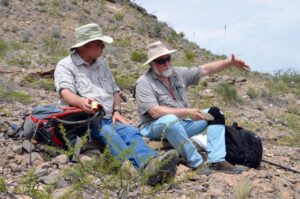
All photos contributed by Dr. Steve May
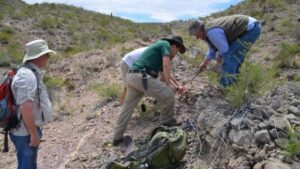
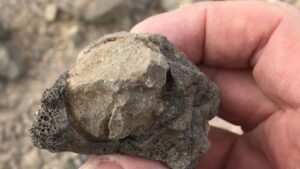
January 20, 2024
 PRESENTATION TITLE: “Overview of TxDOT’s predictive modeling (PALM) program, 1997-2021”
PRESENTATION TITLE: “Overview of TxDOT’s predictive modeling (PALM) program, 1997-2021”
SPEAKER: James T. Abbott, Ph.D.
This presentation described a geoarcheologically-focused predictive modeling program of TxDOT districts that Jim conducted during his career as a Staff Geoarcheologist at the Texas Department of Transportation. Jim discussed the rationale for predictive modeling, i.e., a tool that helps assess the likelihood of archeological sites being present at different locations in the landscape, as well as the evolution of approaches he used in developing these models and the resulting differences between them and the proper and improper use of such models in planning and project development.
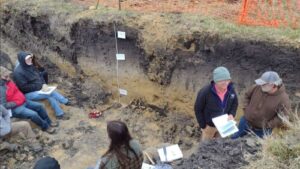 JIM’S BIO: James T. (Jim) Abbott has worked as an archeologist and geoarchaeologist since 1977, having conducted fieldwork in Colorado, South Dakota, Wyoming, Texas, Northern Mexico, and Southern Italy. He has a B.A. in Archeological Studies and an M.A. and Ph.D. in Geography from UT Austin, the latter two specializing in Geoarcheology under Dr. Karl Butzer. From 1987 to 1996, he worked on a number of large projects in Texas, including Stacy Reservoir (Lake Owen Ivie), Justiceburg Reservoir (Lake Alan Henry), and a systematic re-evaluation of sites on Fort Hood. In 1997, he joined TxDOT as its staff archeologist and retired from there in 2021.
JIM’S BIO: James T. (Jim) Abbott has worked as an archeologist and geoarchaeologist since 1977, having conducted fieldwork in Colorado, South Dakota, Wyoming, Texas, Northern Mexico, and Southern Italy. He has a B.A. in Archeological Studies and an M.A. and Ph.D. in Geography from UT Austin, the latter two specializing in Geoarcheology under Dr. Karl Butzer. From 1987 to 1996, he worked on a number of large projects in Texas, including Stacy Reservoir (Lake Owen Ivie), Justiceburg Reservoir (Lake Alan Henry), and a systematic re-evaluation of sites on Fort Hood. In 1997, he joined TxDOT as its staff archeologist and retired from there in 2021.
November 18, 2023
 PRESENTATION TITLE: “From Paleo-Indians to Henry Rifles: 10,000 years of Kerr County Archeology”
PRESENTATION TITLE: “From Paleo-Indians to Henry Rifles: 10,000 years of Kerr County Archeology”
SPEAKER: Mike McBride, HCAA President
HCAA held a fun and educational afternoon for everyone who was interested in the Hill Country’s rich history.
HCAA President Mike McBride told the story of our archeological research preserving Texas History. We also displayed artifacts from the times of early settlers who braved perilous frontier times, all the way through the lifeways of ancient Native Americans who first arrived over 10,000 years ago. HCAA always invites our members, friends, and the public to learn more about our work researching the archeology of the Hill Country and meet our experts in the region’s history at our meetings.
September 16, 2023
PRESENTATION TITLE: “Early African American Families in Gillespie County and The Colored People’s Cemetery of Der Stadt Friedhof Cemetery, Fredericksburg, Texas”
SPEAKER: Dr. Paul Phillips III MD COL (ret) US Army
In the early 1850s, there was only one farm/plantation with slaves, The Doss Plantation, east of Fredericksburg, Texas. About 100 slaves/Africans were brought west to begin farming in Gillespie County. The story of these remaining families is “Lost History” in the Fredericksburg and Gillespie County communities. This presentation reveals the presence of a culture that was integrated into the community before and after the Civil War and whose story is yet to be fully told.
PAUL’S BIO: Dr. Paul Phillips III was born and raised in Fredericksburg. He graduated from Fredericksburg High School with Honors. He went on to serve his country in the U.S. Army: in addition to serving several years in the Army Reserve, he deployed overseas ten times over a 16-year period until finally retiring as Colonel from the U.S. Army in 2018, with a service record of 24 years. Dr. Phillips was awarded the Doctor of Medicine degree from the University of Texas Health Science Center School of Medicine and did his Orthopedic Residency at MLK/Drew. He is currently an orthopedic surgeon specializing in hand and microvascular surgery with a practice in Fredericksburg while maintaining membership in a number of orthopedic surgery societies. Dr. Phillips’ current work with sites of historical significance to Fredericksburg’s African-American community has him involved with the restoration of the Colored People’s Church of Gillespie County and with the newly designated Colored People’s Section of Der Stadt Friedhof in Fredericksburg. He and his wife have two sons and two daughters and are residents of Fredericksburg.
July 15, 2023
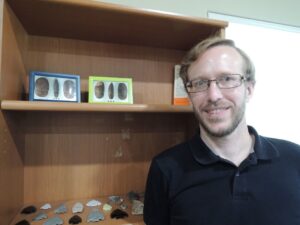 PRESENTATION TITLE: “Excavations at the Crane Dune Site (41CR61), a Prehistoric Habitation, Lithic Cache, and Burial Site in Crane County, Texas.”
PRESENTATION TITLE: “Excavations at the Crane Dune Site (41CR61), a Prehistoric Habitation, Lithic Cache, and Burial Site in Crane County, Texas.”
SPEAKER: Robert Lassen, Ph.D.
The Crane Dune site (41CR61) was identified by archaeologists working for AmaTerra, an environmental consulting firm, during a survey on behalf of the Texas Department of Transportation (TxDOT) before the widening of Highway 385 in Crane County, Texas. The site is primarily Late Prehistoric in age, but a diffuse Archaic component and a possible Paleoindian occupation were also encountered. The site is centered on stabilized sand dunes, and the densest cultural occupation spans a 40-50 cm thick dark anthrosol layer consisting of charcoal-stained sand with abundant cooking features. Also identified at the site was a lithic cache of flake blanks and two human burials. Other artifacts from the site include dart and arrow points, occasional groundstone and ceramic sherds, chert and quartzite debitage, occasional obsidian flakes and tools, faunal material ranging from rodents to bison, and kaolinite and turquoise pendants and beads from the burials. The Crane Dune site provides a wealth of archaeological data in an under-studied region of West Texas.
 ROBERT’S BIO: Dr. Lassen earned an MA in anthropology from Texas A&M and a Ph.D. from the University of Tennessee. He is currently Principal Investigator for AmaTerra Environmental, Inc., an Austin-based company that deals with cultural resources such as archaeology and historical architecture as well as biology and hazardous materials, to assist with construction projects that have state or federal involvement and therefore have to account for archaeology, historic buildings, and endangered species. Robert specializes in lithic analysis, particularly in Paleoindian lithics and the peopling of the Americas.
ROBERT’S BIO: Dr. Lassen earned an MA in anthropology from Texas A&M and a Ph.D. from the University of Tennessee. He is currently Principal Investigator for AmaTerra Environmental, Inc., an Austin-based company that deals with cultural resources such as archaeology and historical architecture as well as biology and hazardous materials, to assist with construction projects that have state or federal involvement and therefore have to account for archaeology, historic buildings, and endangered species. Robert specializes in lithic analysis, particularly in Paleoindian lithics and the peopling of the Americas.
May 20, 2023
PRESENTATION TITLE: “Rancid Rumors or Native Wisdom? Evaluating the Efficacy of Insect Repellents Attributed to Historic Period American Indians”
SPEAKER: Dr. Gus Costa
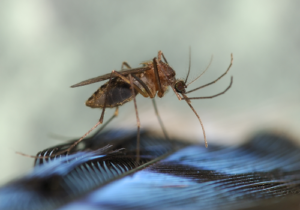 Little is known of Native American adaptations to mosquitos before and following the swap of Old and New World culture, flora, fauna, and microbes. Some accounts allege that rancid animal fats were employed by Gulf Coast native peoples as a mosquito repellent. Although many ethnobotanical remedies for biting insects have been recorded, the use of animal products for this purpose is less well-known. Moreover, few, if any, supposed traditional Native American repellents have been examined using controlled modern laboratory methods that test for repellency. Dr. Costa will share the results of an experimental archaeology study that tested the efficacy of four kinds of rancid animal fats (alligator, bear, shark, and fish) as mosquito repellents. The results of these experiments are considered more broadly and in light of the historical record of colonialism and ecological imperialism in North America. The adoption of repellent by American Indians may reflect a novel adaptation to the introduction of Old World mosquito-vectored disease. (Picture above provided by the CDC).
Little is known of Native American adaptations to mosquitos before and following the swap of Old and New World culture, flora, fauna, and microbes. Some accounts allege that rancid animal fats were employed by Gulf Coast native peoples as a mosquito repellent. Although many ethnobotanical remedies for biting insects have been recorded, the use of animal products for this purpose is less well-known. Moreover, few, if any, supposed traditional Native American repellents have been examined using controlled modern laboratory methods that test for repellency. Dr. Costa will share the results of an experimental archaeology study that tested the efficacy of four kinds of rancid animal fats (alligator, bear, shark, and fish) as mosquito repellents. The results of these experiments are considered more broadly and in light of the historical record of colonialism and ecological imperialism in North America. The adoption of repellent by American Indians may reflect a novel adaptation to the introduction of Old World mosquito-vectored disease. (Picture above provided by the CDC).
GUS’ BIO: He is an independent consulting archaeologist who provides specialist support in geoarchaeology, artifact, and faunal analysis. Gus earned a doctorate focusing on paleoanthropology at Indiana University. Gus is an adjunct lecturer at Rice University, where he has taught courses in geoarchaeology, paleontology, paleotechnology, and Asian Prehistory, and an independent consultant primarily in Geoarchaeology working for various CRM firms in Texas and across the south.
March 18, 2023
PRESENTATION TITLE: “An Update on Bonfire Shelter: Research and Restoration”
SPEAKER: Dr. David Kilby

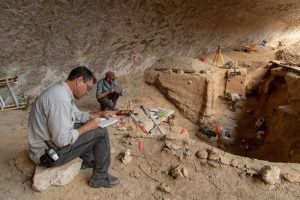
Bonfire Shelter is famous for preserving evidence of the oldest and southernmost “bison jump” in North America and
includes additional archaeological deposits ranging through the Archaic and Late Prehistoric periods. The Ancient Southwest Texas Project (ASWT) at Texas State University is currently wrapping up field research at the site that began in 2017 and is starting to formulate some conclusions. Equally important, ASWT is taking measures to restore the Bonfire Shelter and preserve this important site for the future. This presentation will review some tentative results of our field research, including a possible connection to nearby Eagle Cave and an overview of our preservation efforts.
DAVID’S BIO: Dr. Kilby is a Professor in the Department of Anthropology at Texas State University and Director of the Ancient Southwest Texas Project. His research focuses on the archaeology of the earliest inhabitants of the Americas, with particular emphasis on the relationship between Ice Age foragers and the changing physical environment of the North American Southern Plains, West, and Southwest.
January 21, 2023
PRESENTATION TITLE: “Arrowheads, Guns, and Fossils: Stories of Hill Country History”
In partnership with the RNC, HCAA held a fun and educational afternoon for all those interested in the rich history of the Hill Country; all the way from the age of the dinosaurs millions of years ago, through the lifeways of ancient Native Americans, and stories of settlers and lawmen who braved the perilous frontier times.
The afternoon began with a brief opening presentation by HCAA President Mike McBride describing the history of HCAA archeological work, and invitations to join our membership. We will feature a raffle featuring a replica flint Corner Tang Knife and Pedernales point, a hand-carved wood bowl, books, and New Mexico Turquoise and silver jewelry.
After the opening presentations, guests visited exhibits set up on the grounds of the RNC, including:
- Arrowheads, stone tools, artifacts, and stories of Ancient Native Americans with local archeologists and historians.
- Guns and ammo of the Civil War and Frontier-era, and stories of “Frontier-Style” justice, with a local historical weapons expert.
- A flintknapping demo showing the manufacture of ancient stone tools with a Master Flintknapper.
- A book fair featuring history, archeology, and geology titles.
- In coordination with RNC, presentations on their new exhibit “Fossils: Clues to the Past” with Karen Clint, Program Director at Riverside Nature Center.

November 19, 2022
PRESENTATION TITLE: Hill Country Archeological Assn: Discovery of 10,000 Year-Old Paleo-Indian Occupations in Kerr County
The PowerPoint lecture presented over 20 years of HCAA’s work in the Hill Country. We have researched and documented over 10,000 years of occupation of the region, ranging from historic cemeteries and settler homesteads to ancient hunter-gatherer Indian sites. Our current work at the Crying Woman Ranch Project has uncovered some of the oldest evidence of Native Americans’ presence at over 10,000 years ago.
Invite your friends to learn about Hill Country archeology.
- It’s time to join or renew your membership for 2023.
- Raffle for a beautiful Biface created by our President, Mike McBride.
- Archeology books for sale to benefit our organization’s work.
- An opportunity to tell us what you want to see and do in 2023.
- See examples of points, tools and other artifacts found in the hill country.
- Nominate new board members for 2023 and meet your fellow members.

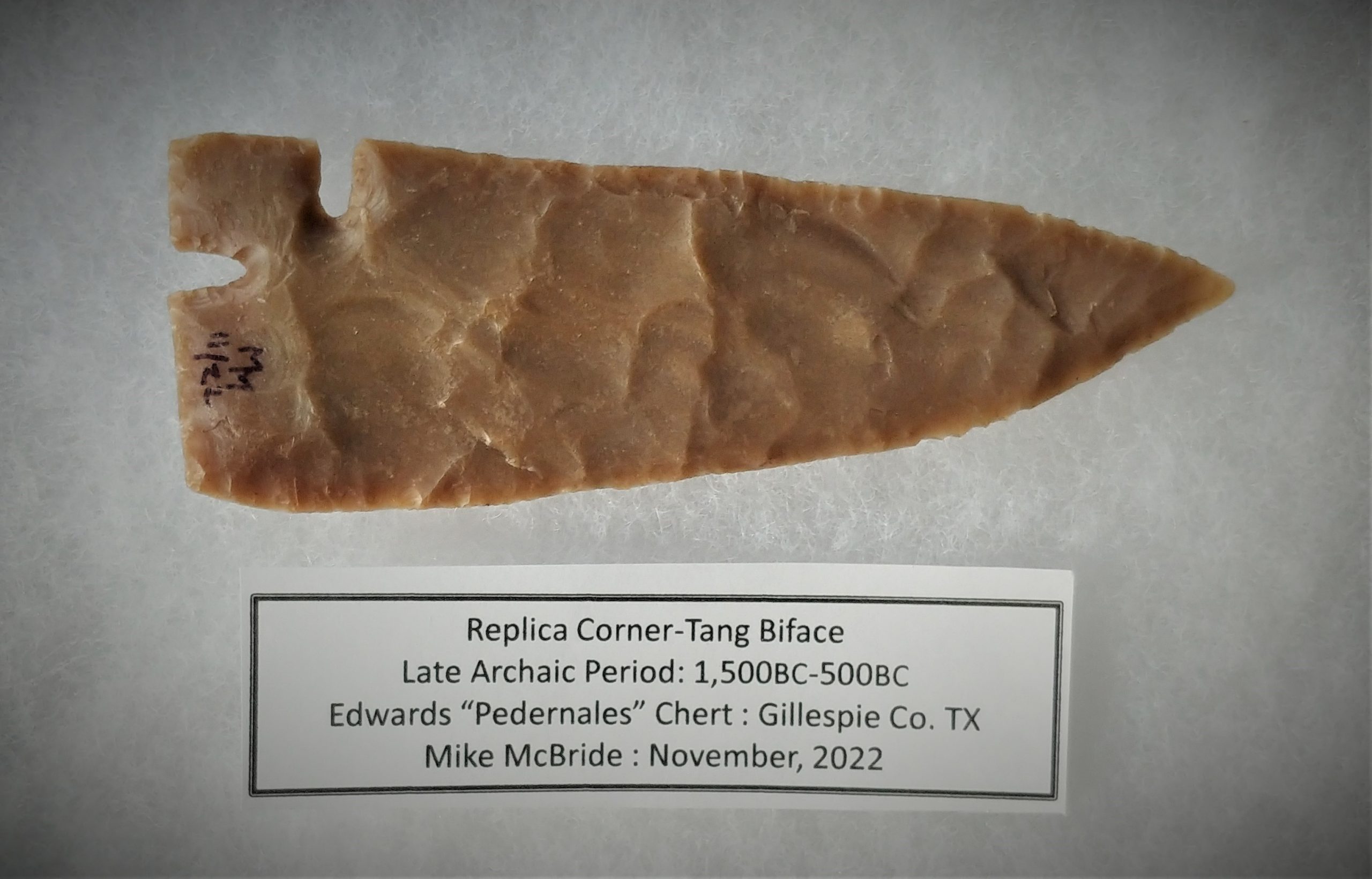
July 16, 2022
PRESENTATION TITLE: “Trade Items and Historic Artifacts Recovered from an Archaic Site on the Guadalupe River”
SPEAKER: Teresa “Terry” Farley
Initial excavation by the Hill Country Archeological Association began in 2018, and excavation continues at site 41KR754. Not locally sourced artifacts have been recovered in an archaic assemblage at a multi-component site located on the north branch of the Guadalupe River in west Kerr County. Trade items discovered in situ include obsidian sourced to Malad-Wright Creek, Idaho, crystal quartz and vein quartz, hematite spheres, ochre, and Caddo, Doss Red, and Leon Plain pottery sherds as well as a burnt clay ball. Historic items recovered from the site include .44 Henry cartridges & other munitions, glass shards, horse tack, and square nails. Projectile points from the archaic site span the middle archaic to late prehistoric Toyah periods. Faunal remains from the archaic site include Bison bison, turkey, canid, and deer.
TERRY’S BIO: Terry Farley is vice president of the Hill Country Archeological Association, a member of the Texas Archeological Society, and a member of the Texas Archeological Stewardship Network. She is also the chairperson for the Cemeteries Committee of the Kerr County Historical Commission.
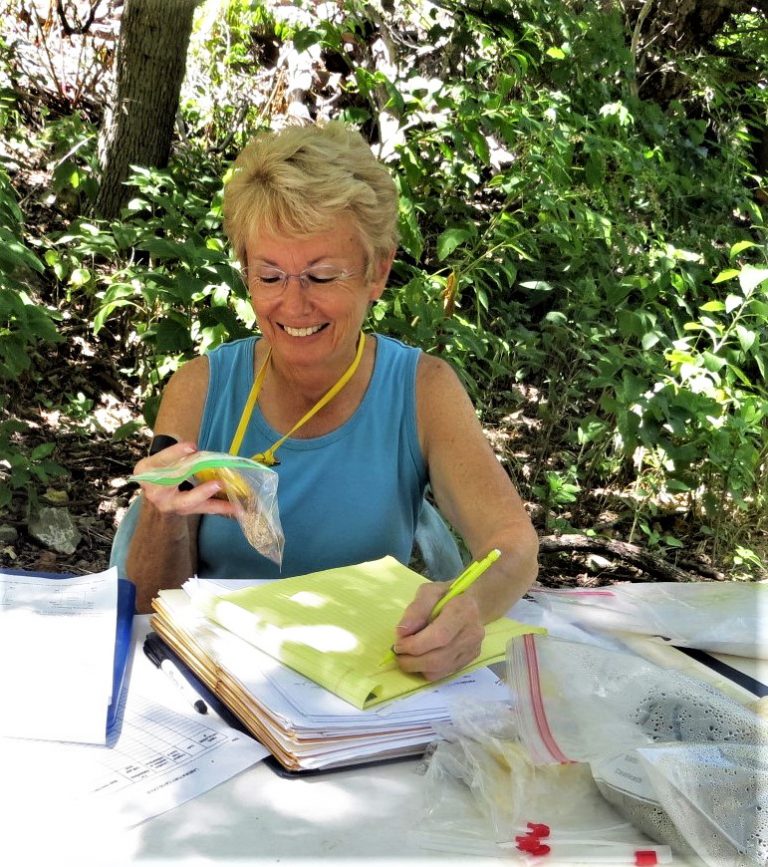

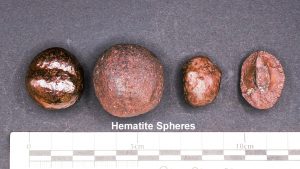

May 21, 2022
PRESENTATION TITLE: “Hearthstone Project – The Next Step in Understanding Lower Pecos Rock Art”
SPEAKER: Jessica Lee Hamlin, Shumla Executive Director
Jessica told about Shumla’s newest cutting-edge endeavor, the Hearthstone Project. It was a comprehensive study and documentation of prehistoric art in the Lower Pecos Canyonlands of Texas and adjacent Mexico. Near the confluence of the Rio Grande and Pecos Rivers, archaeologists have identified over 300 rock art sites. The Hearthstone Project focuses on the oldest and most widespread type in the region, Pecos River style pictographs, created with multi-colored paints in many shades of red, yellow, black, and white as early as 4,000 years ago. In the Lower Pecos, it seems that each discovery brings 100 more questions. There’s so much left to learn!
JESSICA’S BIO: From an early age, Jessica Lee Hamlin was fascinated by archaeology. She attended her first field school at 16, and the hook was set. As a freshman in college at Texas A&M University, she met Carolyn Boyd, a Ph.D. candidate writing her dissertation on the rock art of the Lower Pecos Canyonlands of Texas. Carolyn invited Jessica to join her in the field in the summer of 1997. Seeing the magnificent ancient murals was an experience that changed the course of Jessica’s life. Together they dreamed of an organization whose mission was to study, protect and share the murals. In 1998, Carolyn founded their dream 501(c)(3) rock art organization, hired Jessica, and graduated with her Ph.D.
Jessica’s path after graduating in 2000 took her to the Smithsonian Institution and Crow Canyon Archaeological Center. In 2006 she completed her Master’s in Human Geography at the University of Texas in Austin. Unfortunately, archaeology positions were scarce at the start of the economic downturn. So, she took a position as a Communications Consultant with the international management firm Towers Perrin. Through it all, her connection to Carolyn and Shumla stayed strong. She even joined Shumla’s Board of Directors in January 2013.
By 2014, Jessica was a Senior Consultant designing and managing Communications and Change Management strategies for large nationwide firms. That year, the Shumla Board of Directors decided it was time for Carolyn to move from Executive Director’s administrative and fundraising role to focus on the research she had pioneered. Jessica, as she drove away from that meeting through the purple landscape of a Lower Pecos cenizo bloom, decided she wanted the job. Becoming Shumla Executive Director in March of 2015 was a homecoming and a perfect fit for the specific experience she had gained since her first field school.
Since taking her position at the helm of Shumla, Jessica has ushered the organization through the achievement of a National Historic Landmark designation for the Lower Pecos Canyonlands Archaeological Region, raised funds to endow a Research Professorship at Texas State University for Dr. Carolyn Boyd, funded and oversaw the four-year Alexandria Project that documented 235 rock art sites across the region and opened a second Shumla office in San Marcos, Texas.
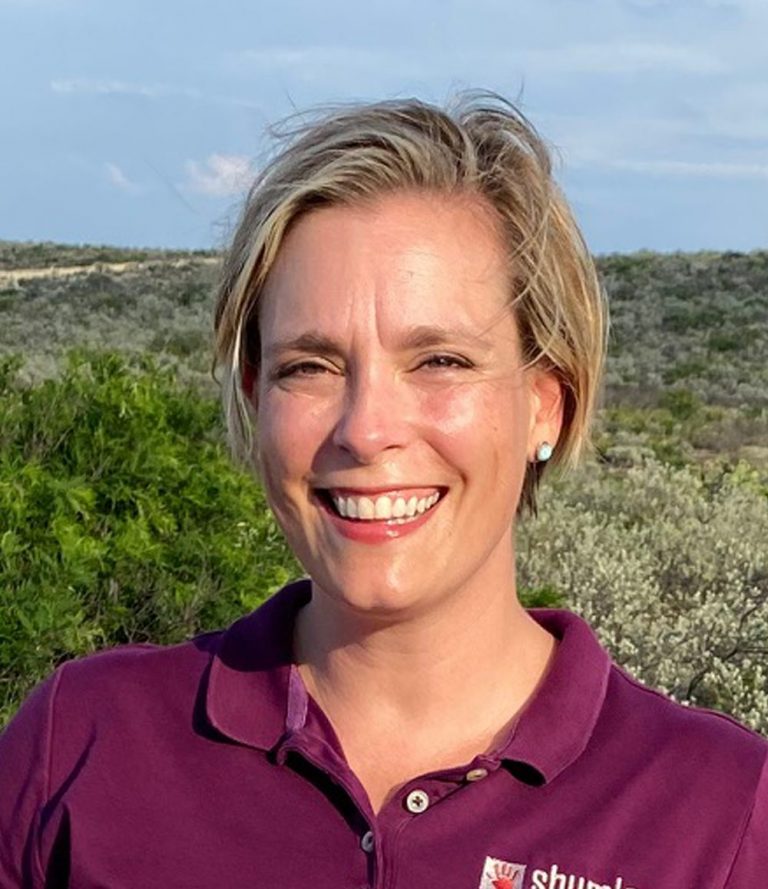
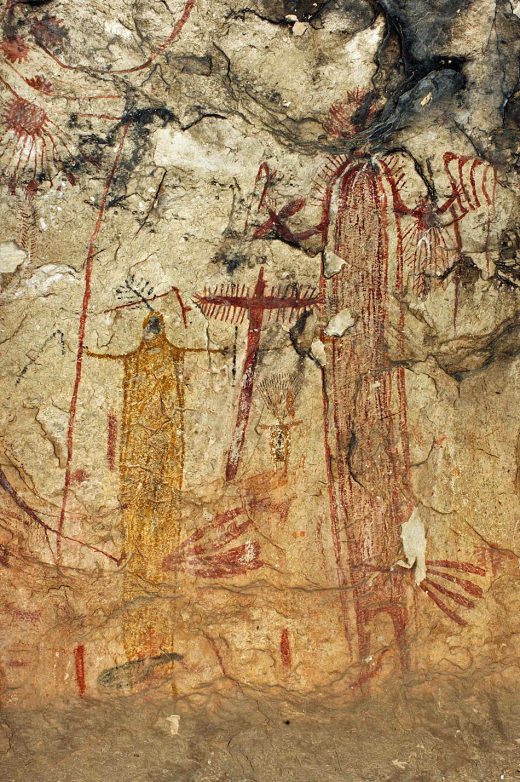
March 19, 2022
PRESENTATION TITLE: The Jack Allen Site: The 1969-1970 Investigations at a Pickett-Post House in the Texas Panhandle: Explorations in Cultural Variations
SPEAKER: Christopher Lintz, Ph.D. Former Archeologist with Texas Parks & Wildlife, currently a Research Associate at the Center for Archaeological Studies at Texas State University in San Marcos, and Archeological Steward with the Texas Historical Commission
Excavations conducted during 1969-1970 investigated a ca. 650-year-old adobe and picket-post house affiliated with the Antelope Creek phase (A.D. 1200-1500). The intensity of the fire that burned the house-baked the adobe daub that covered the walls and much of the adobe roof. While most of the other semi-subterranean residential houses of this distinctive culture are only known from their foundation footprints, the preservation of burned adobe allowed for a reconstruction of the building’s superstructure.
CHRISTOPHER’S BIO: He received his M.A. (1975) and Ph.D. (1984) in Anthropology from the University of Oklahoma and his B.A. in Anthropology from Arizona State University (1970). He has conducted and directed cultural resource management archaeology in 17 States and Puerto Rico over a 36-year career for various universities and private consulting firms in the private sector. In 2006, he became the first full-time archaeologist for the Wildlife Division of Texas Parks and Wildlife Department, where he managed cultural resource projects on some 51 Wildlife Management Areas across 1,200 square miles of Texas and coordinated cultural resource consultation for federal grants for habitat restoration projects on private lands. He retired after ten years from TPWD in 2016 and is currently a Research Associate at the Center for Archaeological Studies at Texas State University in San Marcos. Read more . . .
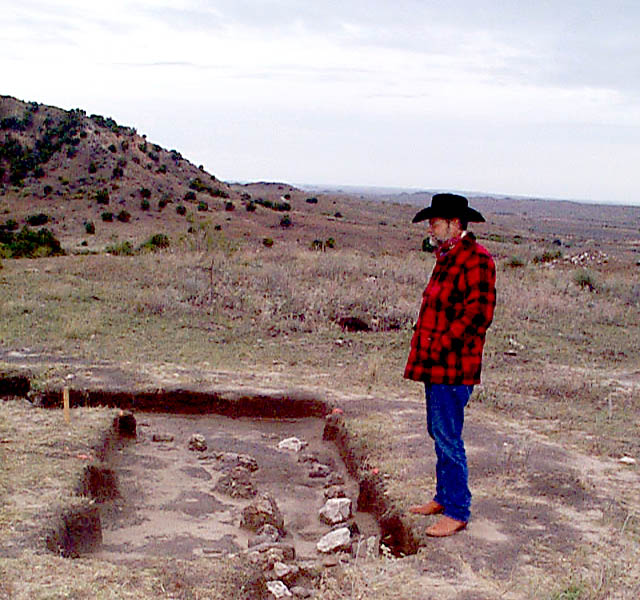
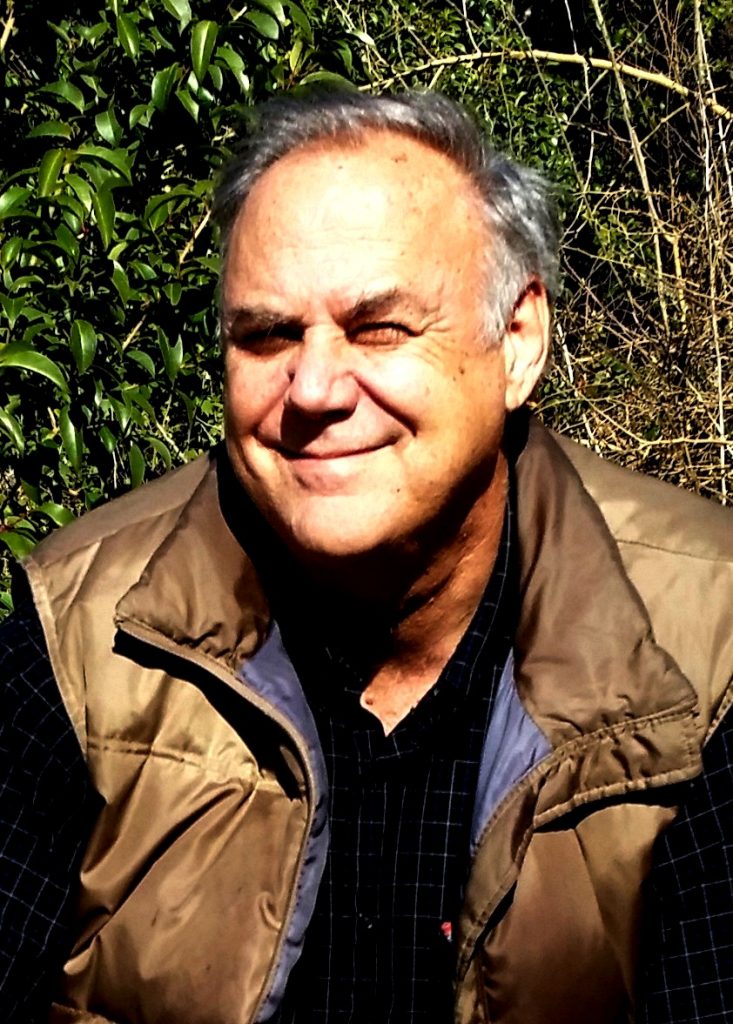

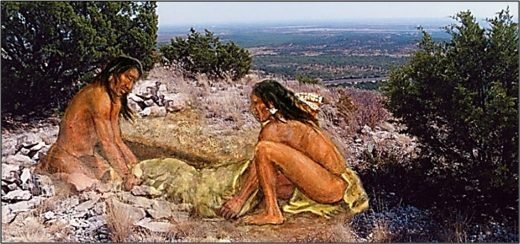
January 22, 2022
PRESENTATION TITLE: “Life and Research in a Box Canyon of the Rio Grande”
SPEAKER: Dr. Steven L. Black, former Associate Professor at Texas State University. Currently Director of Texas Beyond History, the Virtual Museum and Cultural Legacy Center for Texas Archaeological Society.
Eagle Nest (or Mile) Canyon, a small box canyon draining into the Rio Grande near Langtry, Texas, is the best-studied archaeological locale in the Lower Pecos Canyonlands, starting with pioneering excavations and rock art illustrations in the 1920s and 1930s. During the most recent era, Texas State University’s Ancient Southwest Texas Project (ASWT) and the Shumla Archaeological Research and Education Center have taken a tag-team approach employing state-of-the-art excavation, multidisciplinary sampling, and rock art documentation methods.
ASWT researchers, TxState students, and volunteers have carried out extensive field investigations at six sites in the canyon, five of them rock shelters, the largest being Eagle Cave and the most famous Bonfire, following the mantra “Low Impact, High Resolution.” The resulting data are still pouring in, so to speak, through ongoing analyses, including graduate student and specialist studies.
Speaker Dr. Steve Black highlighted what is being learned about the Box Canyon’s 13,000+ year human record and brought fellow HCAA members up to date on ASWT research and conservation efforts. On January 22nd, Steve will be “fresh” from the 2022 Bonfire Restoration session with new tales to tell.
STEPHEN’S BIO: He has been an archaeologist since the mid-1970s. He holds a BA from UT-Austin, an MA from UTSA, and a PhD from Harvard University. Most of his career has focused on hunter-gatherer archaeology in the southern half of Texas, especially hot rock cooking. Steve retired from teaching at Texas State University at the end of 2019 but remains a research professor there. Steve is also the lead editor of TexasBeyondHistory.net, the Texas Archeological Research Laboratory public education website at UT Austin.
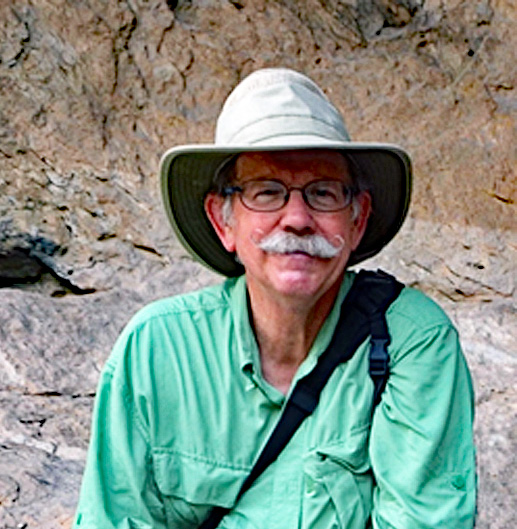
November 20, 2021
PRESENTATION TOPIC: Nature, Power, and Maya Royals
The HCAA November General meeting was a field trip to the San Antonio Museum of Art (SAMA) to view the fascinating new exhibit, “Nature, Power, and Maya Royals.” There was a lecture and walking tour led by Dr. Bernadette Cap, an archaeologist on this project in Belize and curator of the exhibit we saw. Click here to view the exhibit information.
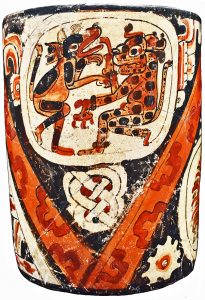
September 18, 2021
PRESENTATION TITLE: Interpretations On The Technological Variability in Clovis Lanceolates
SPEAKER: Sergio Ayala, Gault School of Archaeological Research at the Texas Archaeological Research Laboratory at UT Austin
A preliminary survey of Clovis points from all regions of Texas, parts of New Mexico, and Louisiana reveal a degree of variability in Clovis lanceolate technology, meriting a re-evaluation of our definitions of Clovis. The potential causes for this technological variability and the implications will be discussed.
SERGIO’S BIO: Sergio was born and raised in Texas where he earned a science degree at Texas State University and is currently completing a PhD at the University of Exeter, UK. His area of specialization is experimental archaeology and prehistoric lithic technologies. Sergio works at the Gault School of Archaeological Research at the Texas Archaeological Research Laboratory at UT Austin. Sergio and his family currently reside in Cedar Park.
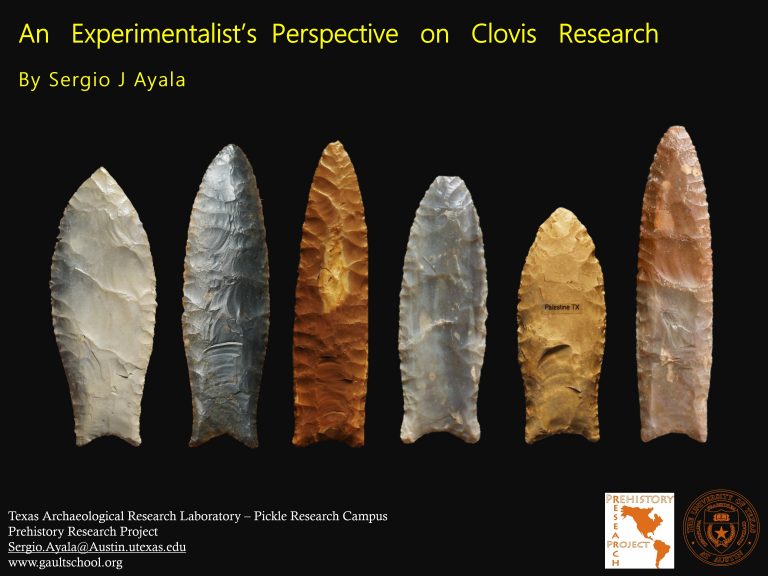
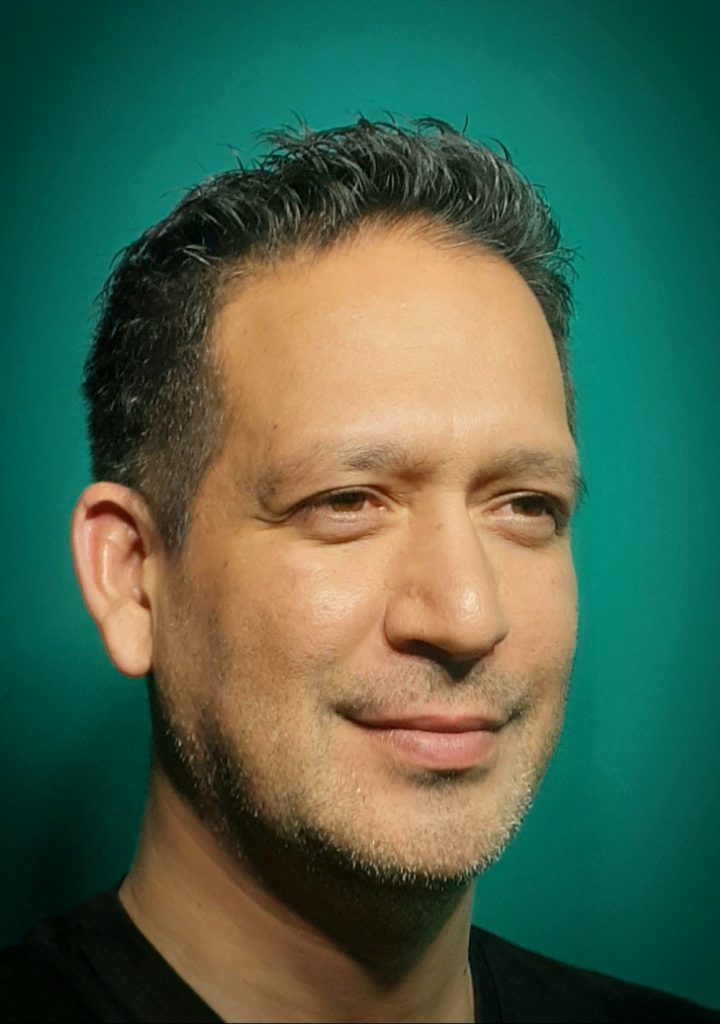
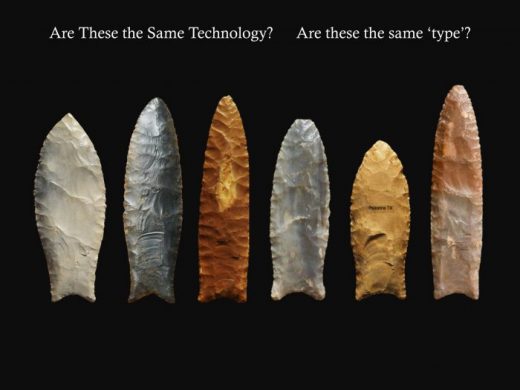
July 17, 2021
PRESENTATION TITLE: TAS Field School, 2021: A Report by HCAA Participants
SPEAKERS: HCAA Board members Terry Farley – Vice President, Françoise Wilson – Board Director, and Mike McBride – President presented a program reporting on all the exciting events of the Field School.
After a year hiatus, the annual Texas Archeological Society Field School returned in full force in June 2021. With excavations and research projects located throughout Kerr County, the event was a huge success. The event drew more than 360 participants from all over Texas and several other states. This included over 250 avocationals, 25 professional archeologists, over 30 college students, and a youth group of over 35 elementary and middle school students. Research projects included prehistoric and historical excavations, a three-day Cemetery Workshop, expert laboratory analysis, and field surveys on numerous ranches in Kerr County. We enjoyed social gatherings every evening with great food, educational programs, dancing with a live band, and other unique entertainers.
HCAA members were key participants in helping prepare for the event, as well as serving as organizers, crew chiefs, surveyors, and excavators.
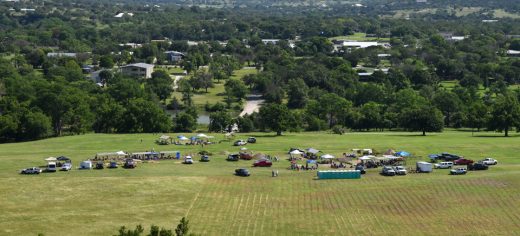
May 15, 2021
PRESENTATION TITLE: “Locating and Recording Lost Cemeteries of the Hill Country”
SPEAKER: Jenny McWilliams, Cemetery Preservation Program Coordinator, Texas Historical Commission
Site identification is at the very core of preservation. Small family cemeteries are scattered throughout the Texas Hill Country. They will be lost to land clearing and development without identification and assessment. Archeologists are trained to observe the landscape and look for clues of the past. This skill will be needed to save forgotten isolated graves and small family plots. I invite you to learn more about the needs and procedures involved in finding, recording, and preserving these historic sites of the Texas Hill Country.
JENNY’S BIO: Jenny works as the Cemetery Preservation Program Coordinator for the Texas Historical Commission. Her position includes answering inquiries about cemetery law, access issues, cemetery maintenance, preservation, protection, and recording. As the Cemetery Program Coordinator, Jenny also manages the Historic Texas Cemetery designation program as well as the THC’s online Historic Sites Atlas.
Prior to her work at the THC, Jenny was an archeologist for Cultural Resource Management firms in Texas. As part of her 20-year archeological career, Jenny traveled extensively throughout Texas, often excavating graves for relocation for clients such as TxDOT, lignite mining companies, and a reservoir project.
Jenny received her undergraduate degree from Southwest Texas State University and her Master’s Degree from Texas Tech University. Jenny was raised in College Station, where her father was a professor at Texas A&M, and she currently lives in Austin.
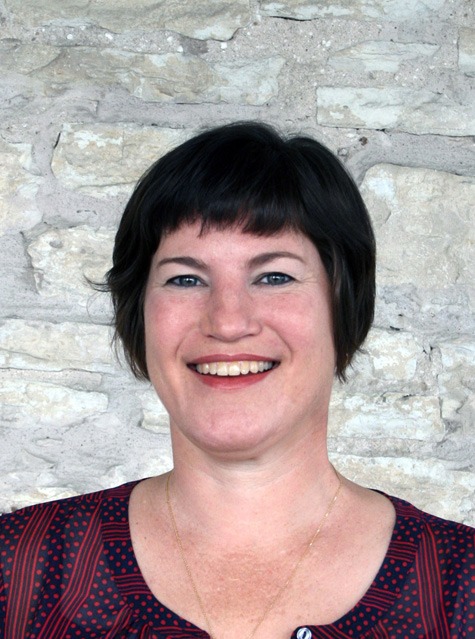
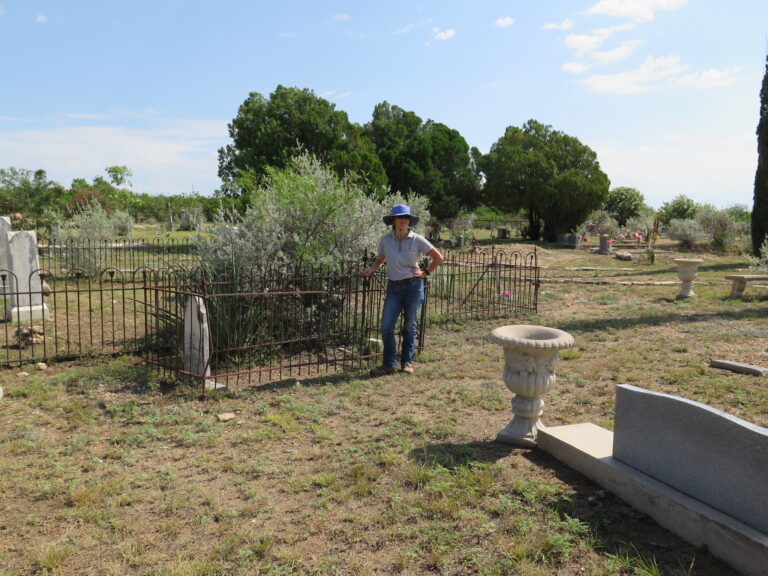
March 20, 2021
PRESENTATION: Mr. Crook reviewed the highlights of all the work to date, including specific activity areas as identified by the excavated artifacts. A complete report covering the first two phases of excavation will be published by the HAS shortly and is available to all society members as part of their membership. Non-members can purchase the report on Amazon once it is published.
DUB’S BIO: Dub Crook is a Life Member (Fellow) of the Houston Archeological Society, a Life Member of the Dallas Archeological Society, a member of the Texas Archeological Society, a member of the Center for the Study of the First Americans, a Life Member of the Gault School of Archeological Research, a Research Fellow with the Texas Archeological Research Laboratory in Austin, and a Fellow of the Leakey Foundation. He is also an Archeological Steward for the State of Texas. He is the author of over 180 papers in the field of archeology and has recently published his fourth book titled The Carrollton Phase Archaic: A Redefinition of the Chronology, Composition, and Aerial Distribution of the Early Archaic Horizon along the Trinity River, Texas.

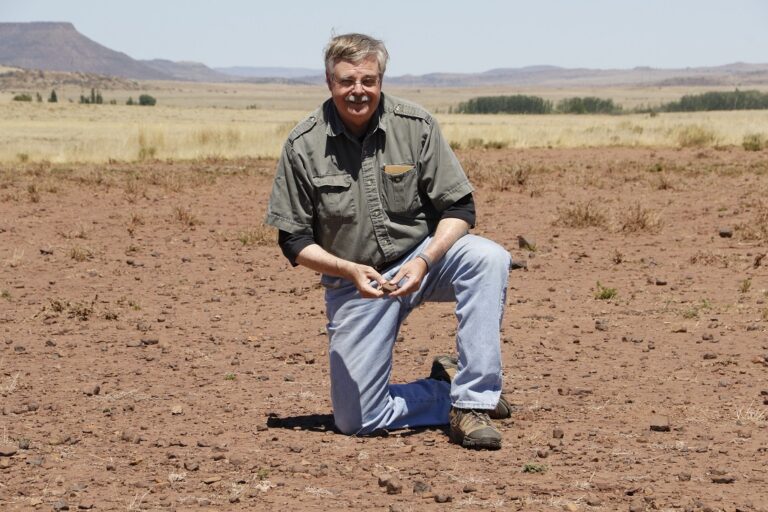
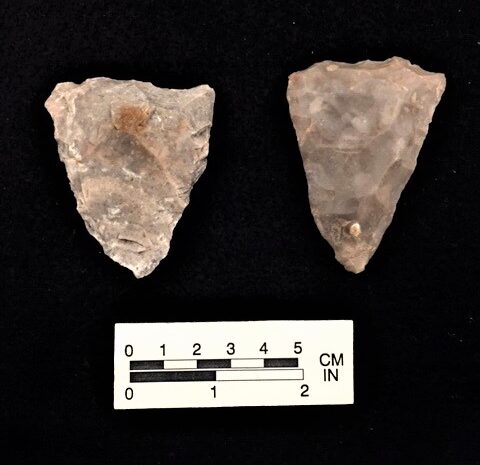

January 16, 2021
PRESENTATION TITLE: “Dogma and the Peopling of the Americas”
SPEAKER: Clark Wernecke, Executive Director, The Gault School of Archaeological Research
In 1590, a novel idea was proposed to explain the presence of humans in the New World: they must have walked here from Asia. That idea seemed better than the alternatives being floated at the time, so it became generally accepted and gradually added to it until it became the story we teach 4th graders today. With the discovery of older materials at Blackwater Draw in New Mexico, it was put forward that Clovis technology must represent these first peoples.
Unfortunately, there was never any scientific proof that this was what had happened. Popular media would have it that scientists began to doubt this train of events in the 70s with the discovery of Monte Verde though the reality is that there have been many in the scientific community who have always doubted all aspects of this idea – who, what, when, where, and why. Recent discoveries have shown that humans were in the Western Hemisphere a lot longer than previously thought and should cause us to reexamine all aspects of the old hypothesis.
Photos are of some of the oldest materials from Gault and a Clovis point from Zephyr, Texas, that was recently brought to the GSAR.
CLARK’S BIO: Clark Wernecke is the Project Director for the Prehistory Research Project at the University of Texas at Austin and Executive Director of the Gault School of Archaeological Research, a nonprofit dedicated to research and education regarding the earliest peoples in the Americas. Dr. Wernecke started his academic career with a degree in history from SMU, followed by an MBA from Northwestern University, an M.A. in Anthropology from Florida Atlantic, and finally, his Ph.D. from the University of Texas at Austin. He returned to archaeology after a business career and has worked in the Middle East, Mesoamerica, the American Southeast and Southwest, and Texas. Dr. Wernecke’s primary specialty is that of archaeological project management, but he has also written extensively on architecture and Paleoindian art.
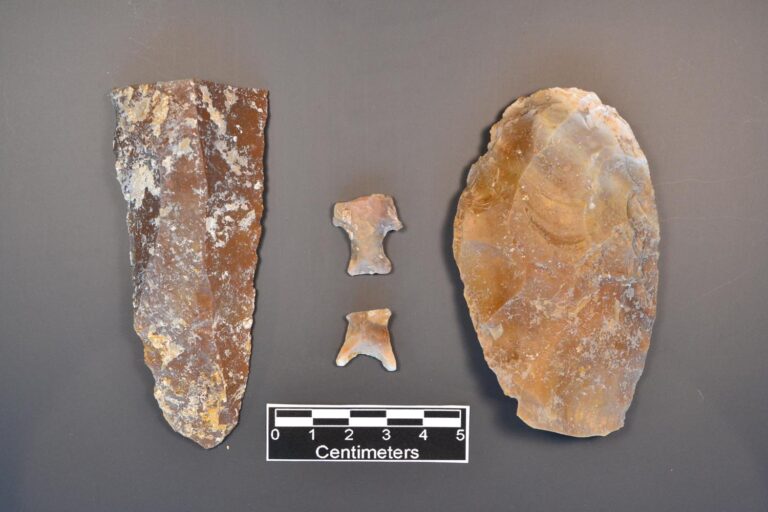
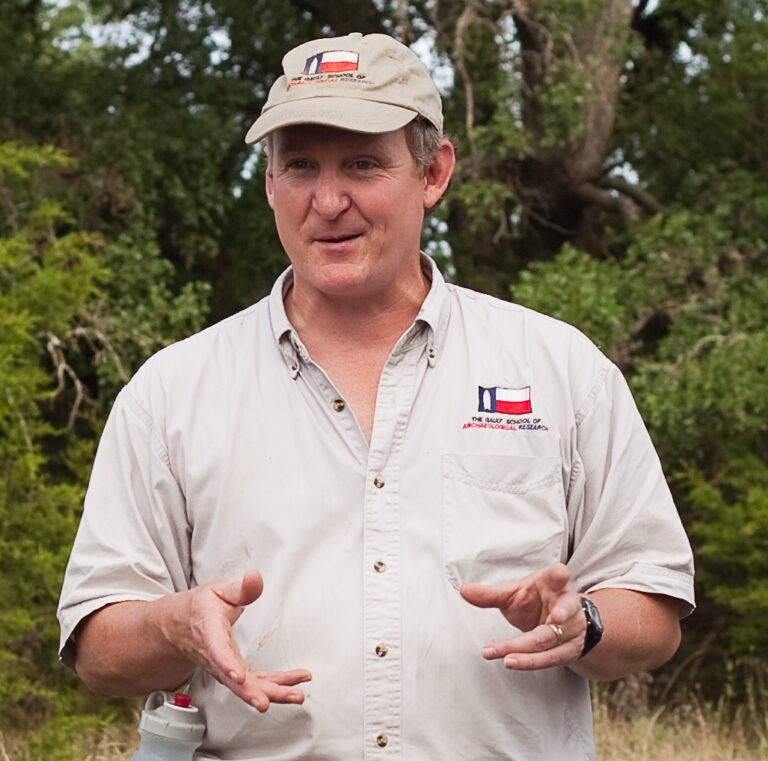
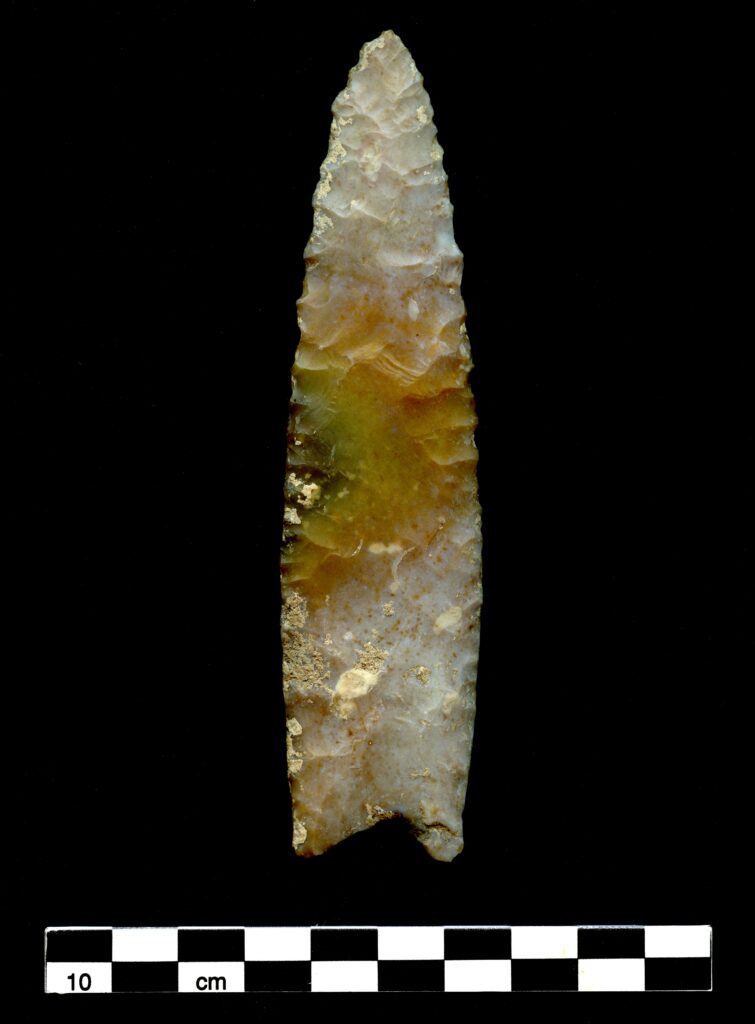
November 21, 2020
PRESENTATION TITLE: “Surface Reconnaissance of 41PT519 with Source Identification and Regional Context of Its Obsidian, Potter County, Texas”
SPEAKER AND CO-AUTHORS: Christopher Lintz, Arlo McKee, Becky Shelton, and Will Masters III
We had a great speaker on obsidian found at prehistoric site 41PT519 in Potter County, Texas. He also discussed the sources for more than 1,500 cultural obsidian finds from across the Southern Plains. The Texas Historical Commission’s Stewards Archeological Network conducted a mapping exercise and field reconnaissance on a previously unrecorded Antelope Creek Phase hamlet on private lands north of Amarillo. Five obsidian flakes found during the site visit were geochemically sourced to the Cerro Toledo volcano in the Jemez Mountains of northern New Mexico.
In an effort to understand the cultural context of these non-local volcanic materials, a summary of sourced obsidian artifacts acquired from the southern Plains region focuses on 1,153 artifacts from prehistoric sites in Kansas, Oklahoma, and Texas. Obsidian is currently attributed to 28 volcanic sources in the continental United States (Conus) and 13 more sources in Mexico. Although several studies have discussed Southern Plains obsidian acquisition from Arizona/New Mexico, Idaho/Wyoming, and central Mexico regions, recent compilations show that rare obsidian artifacts are also derived from northern California, Nevada, and Utah.
A more focused context examines the source acquisition and chronological trends of 589 obsidian artifacts from sites within a 300 km radius of the hamlet locale in the middle of the Texas panhandle. These studies demonstrate that early Paleo-Indian people on the southern Plains brought or acquired obsidian materials from the Northwestern Plains, the Southwestern United States, and even Mexico. These source acquisitions have generally increased the number of volcanic source areas exploited and the frequency of obsidian usage throughout all subsequent prehistoric periods.
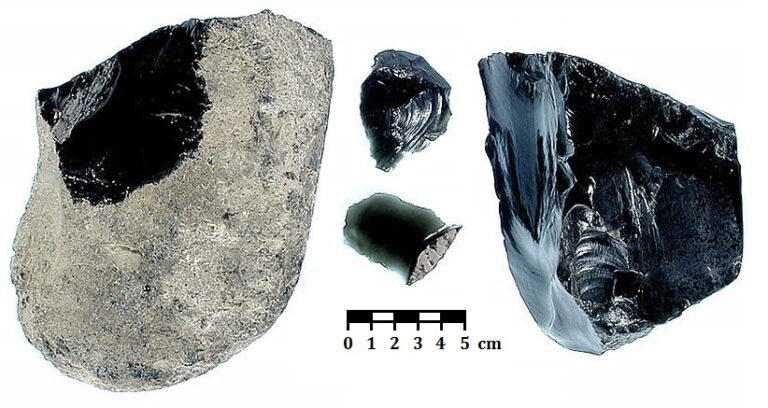

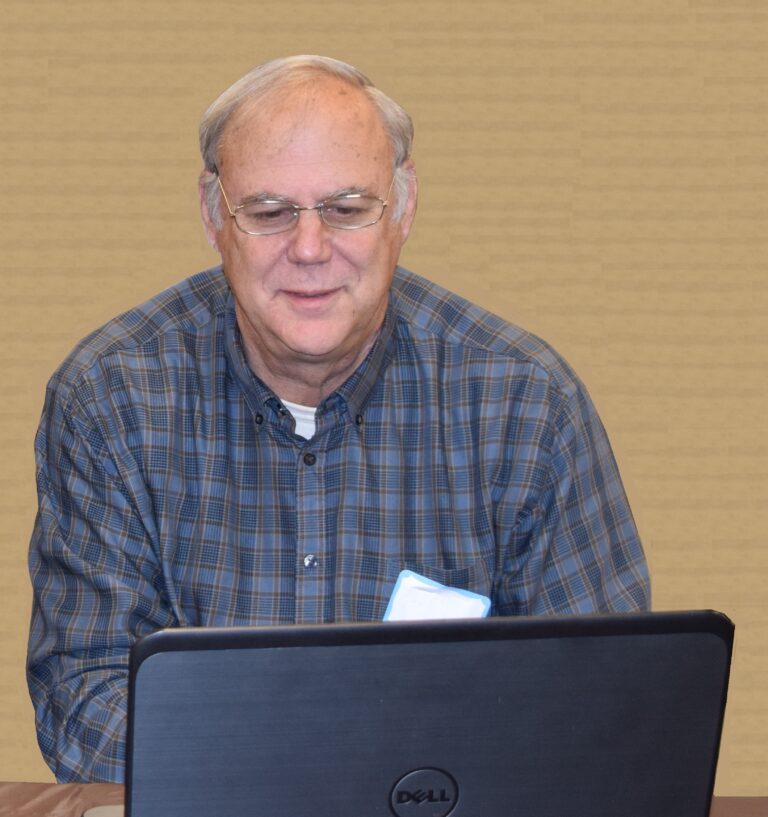

November 16, 2020
PRESENTATION TITLE: “Mesoamerican Stone Artifacts: Interesting Rocks & Where to Find Them”
SPEAKER: Mike McBride, President & Principle Archeologist, HCAA
Mike McBride discussed his surveys of quarries in Central Mexico and the Maya area and the stone tools that ancient cultures created from those sources.
MIKE’S BIO: Mike is currently the president and a principal archeologist of the Hill Country Archeological Association and has worked in archeological sites in Belize and Mexico, as well as in the Texas Hill Country. Previously, he was president of the Dallas Archeological Society for five years. In addition to his role as HCAA archeologist, he has been an experimental flintknapper for 20 years, studying and replicating the manufacture of stone artifacts of ancient North American and Mesoamerican peoples.
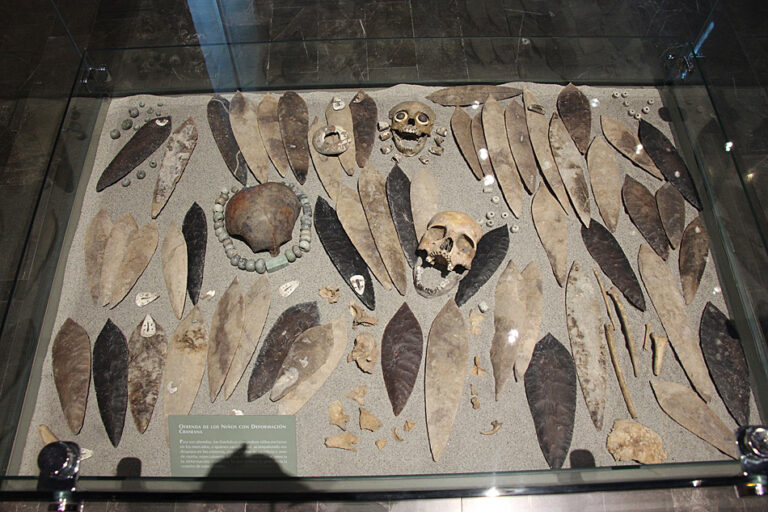
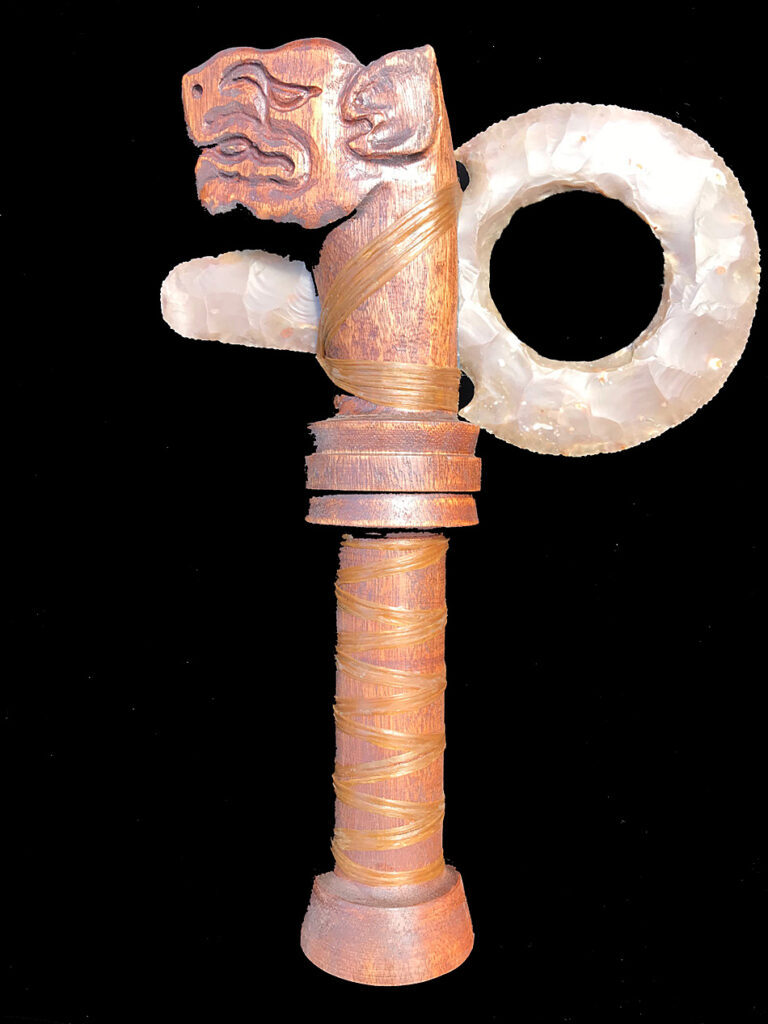
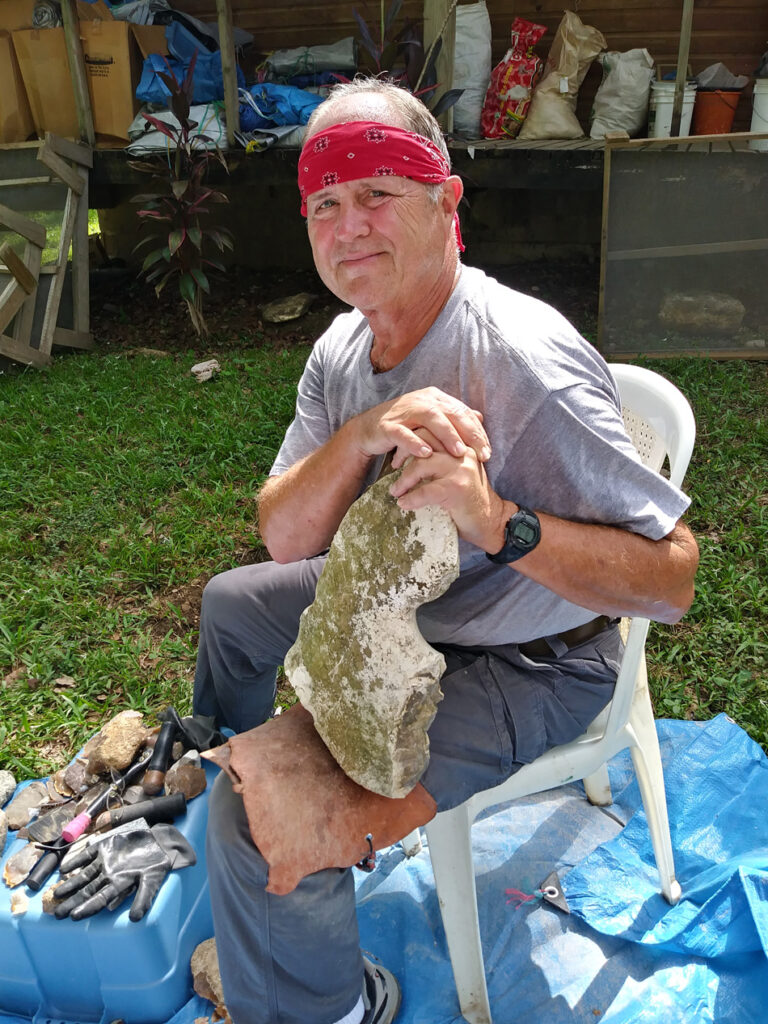
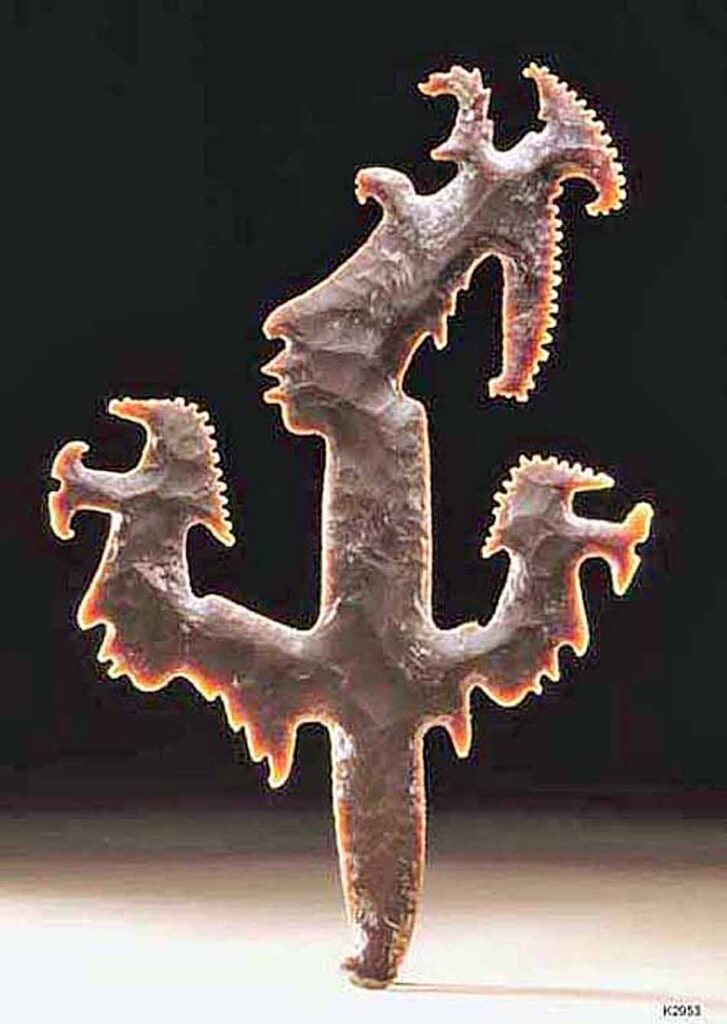

January 18, 2020
PRESENTATION TITLE: “CWR, A Newly Discovered Paleo Indian and Multicomponent Site In Kerr County, Texas”
SPEAKERS: Françoise Wilson and Steve Stoutamire, Principal Investigators, HCAA
The Hill Country Archeological Association first investigated the CWR site in July 2018 at the request of the owner of the private ranch containing the site. After surface traverses of the property were conducted, the HCAA team concluded that at least two archeological sites were present, one a rock shelter and two an occupation area with middens.
Controlled excavations of the occupation area started in December 2018 and began to reveal a rich assemblage of dart and arrow points and well-preserved animal remains, including bison bone and teeth. Also unique to this site are trade items such as Caddo pottery and cultural obsidian flakes, which are not native to Central Texas.
In August 2019, an accidental discovery of a Paleo-Indian point on the site led to the recovery of 8 Paleo-Indian points to date. The temporal span of these points ranges from at least the Middle to Late traditional Paleo-Indian period. Because almost all of the Paleo-Indian lithics have come from a relatively small area, the only one investigated thus far may hold potential for additional and even older Paleo-Indian materials.
BIOS:
Françoise Wilson is a retired foreign language educator with Master’s Degrees in Comparative Linguistics and Foreign Language Education. She is a Texas Master Naturalist in the Hill Country Chapter, a Board Member of HCAA, a Texas Archeological Society’s Education Committee member, and the CWR site’s Principal Archaeologist<
Steve Stoutamire is a retired petroleum geologist. He received a BA in Anthropology (1972) from Florida State University and an MS in Geology (1975) from Texas Tech University. Since retirement (2007), he has become an active avocational archeologist, regularly working to educate the public through archeological classes and lectures and working with private land owners to help them understand archeological sites on their property. He is a member, past president, and current field committee chairman of the Hill Country Archeological Association, a member of the Texas Archeology Society, and a member of the Center For The Study Of First Americans. He serves as a director on the Gault School of Archeological Research board at the University of Texas, Austin, and as a Texas Archeology Steward for the Texas Historical Commission.
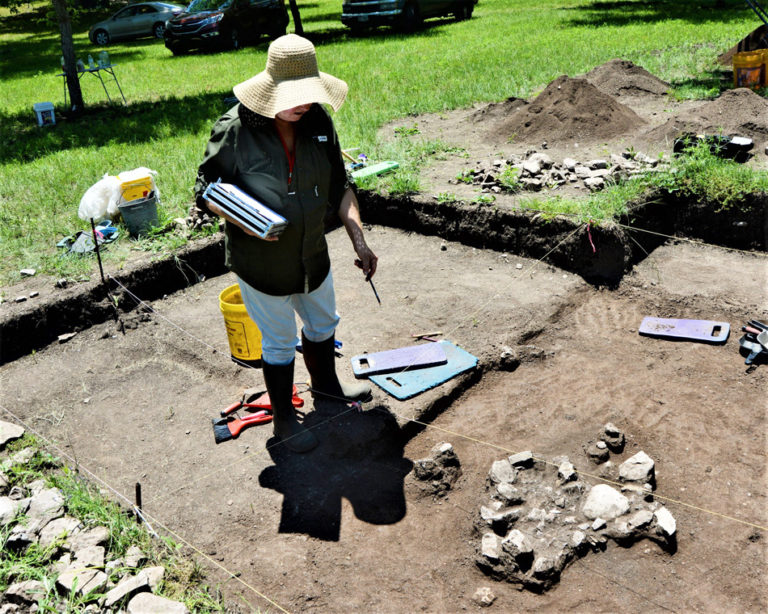

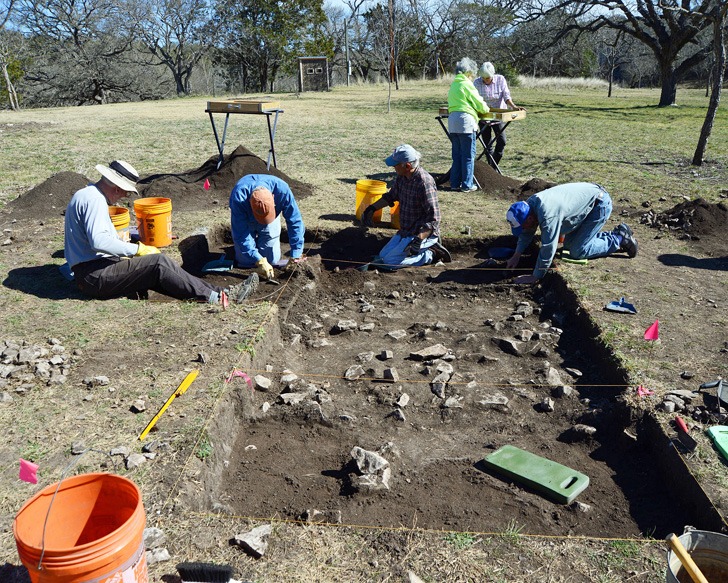
September 21, 2019
PRESENTATION TITLE: The Upper Paleolithic of Texas: The Early Human Occupation of the Gault Site
SPEAKER: Thomas Williams, Assistant Executive Director, Gault School of Archaeological Research; and Research Associate, Prehistory Research Project, Texas Archeological Research Laboratory, University of Texas, Austin. Excavations at the Gault Site, Central Texas, have recovered a significant assemblage of stone tools, referred to as the Gault Assemblage, from the lowest stratigraphic deposits. These earliest cultural materials were recovered from excavation Area 15 and include an early projectile point technology unique to North America’s Upper Paleolithic. Dating using Optically-Stimulated Luminescence confirms the presence of humans in Texas before ~16,000 years ago. This talk will explore the age and use of this early technology and where it fits into the broader context of the early peopling of the New World.
THOMAS’ BIO: Thomas Williams is the Assistant Executive Director of the Gault School of Archaeological Research and a Research Associate with the Prehistory Research Project at the Texas Archeological Research Laboratory, University of Texas at Austin. He has worked on the Gault Site collections for the past six years and has published the early cultural materials. His research focus is the earliest human occupations of the Americas, specifically the stone tool technology, manufacturing processes, and broader patterns in global human expansion. He earned his PhD in Archaeology from the University of Exeter, UK.
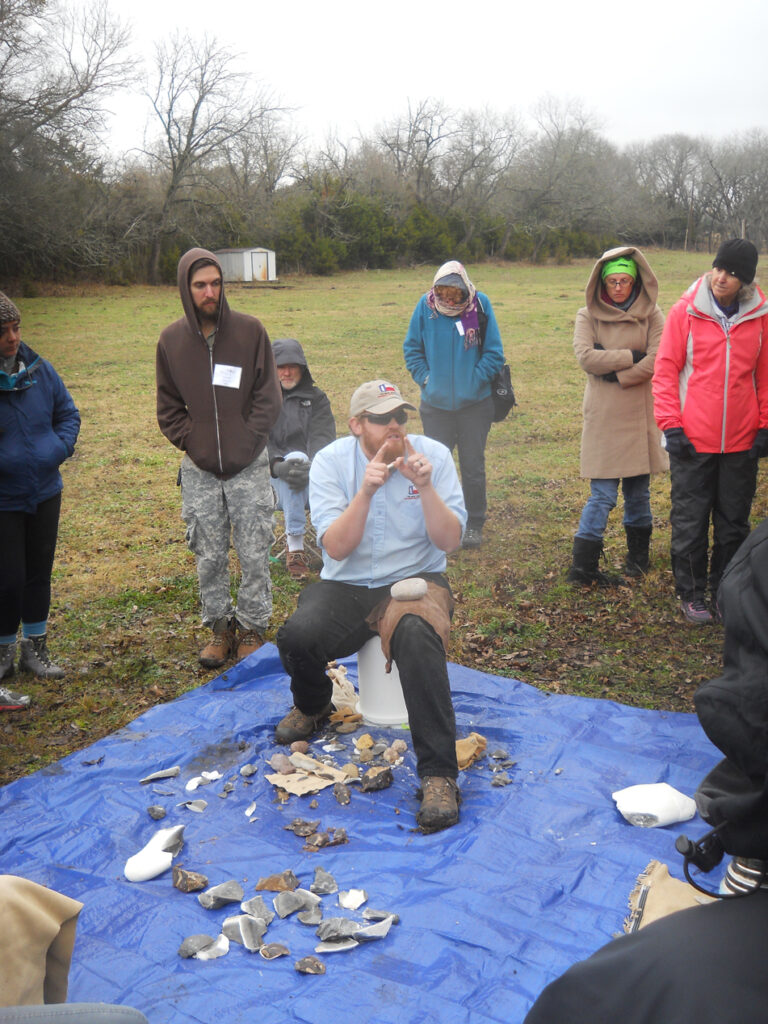
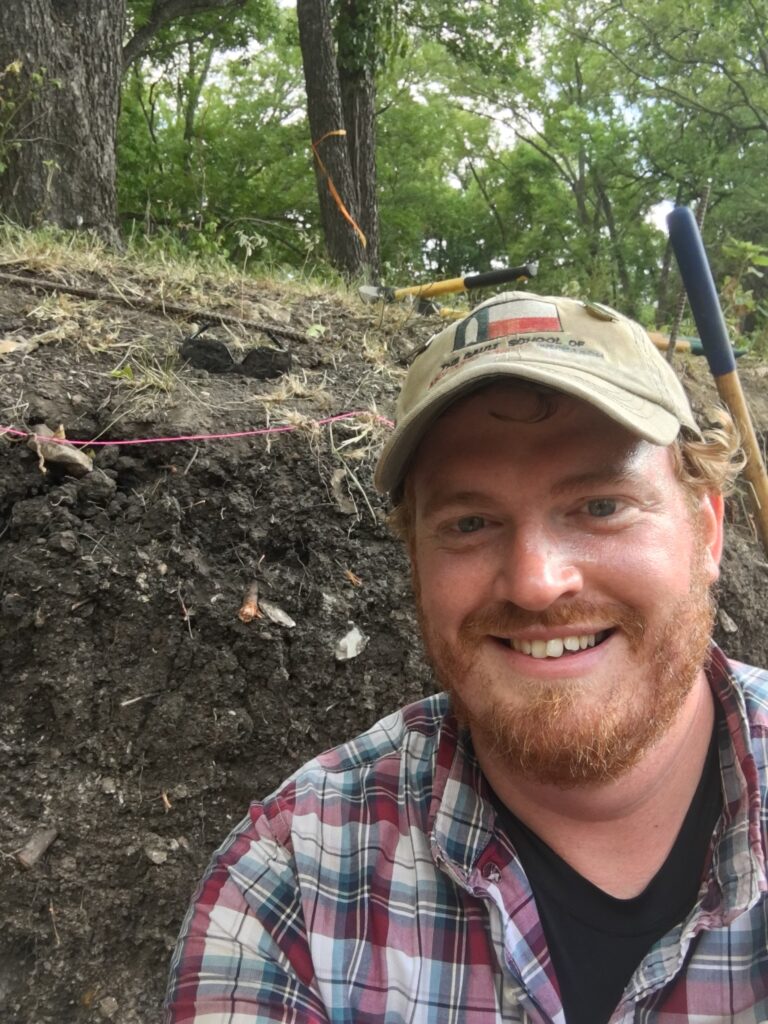
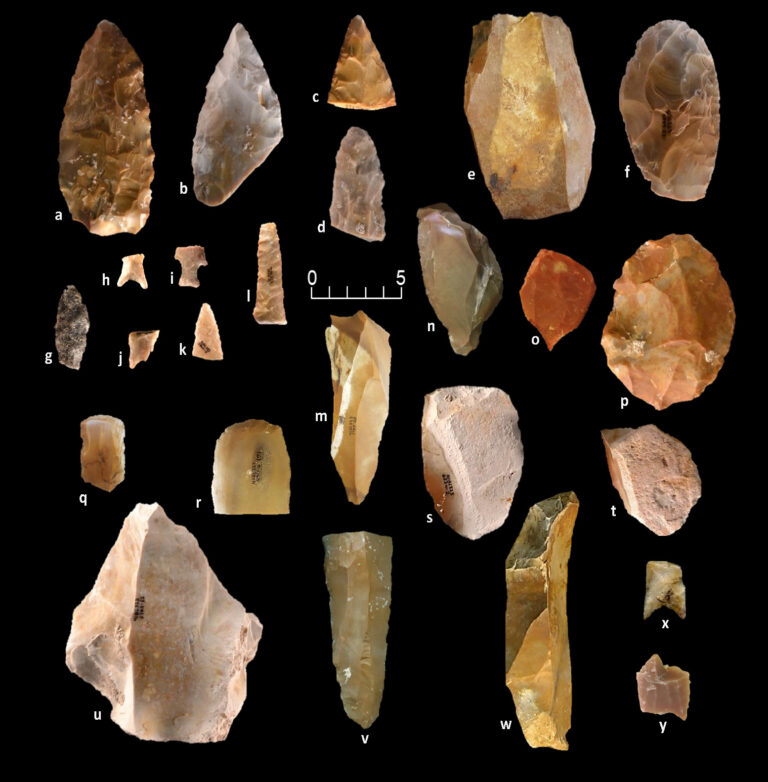
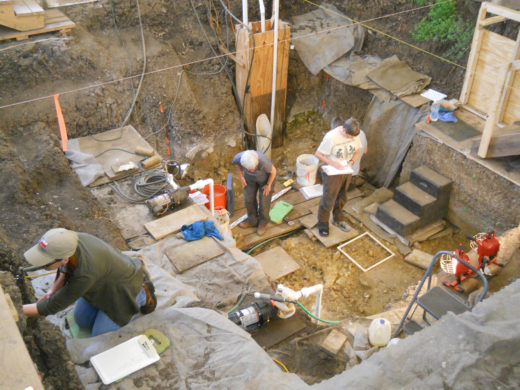
July 20, 2019
PRESENTATION TITLE: What Archeobotany Can Tell Us About Ancient Texas (and other places too)
SPEAKER: Leslie L. Bush, Paleoethnobotanist
The Texas plants we enjoy today have been used for food, medicine, and crafts for millennia by the Native people of Texas. Written accounts by Spanish missionaries and European explorers, Native oral traditions, and archaeological investigations provide windows into the many fascinating uses of our Texas native plants. Leslie outlined how archaeologists recover and identify plant remains and talked about particular finds in central Texas of plants used for food, fibers, dye, healing, and weapons.
LESLIE’S BIO: Leslie L. Bush is a paleoethnobotanist, an archaeologist specializing in identifying bits of plants preserved on archaeological sites, usually in the form of charcoal and occasionally as waterlogged wood or other plant parts. She received her Ph.D. from Indiana University in 2001, and her dissertation was published by the University of Alabama Press. Through her consulting practice, Macrobotanical Analysis, she has worked on sites in eighteen states, including Maryland, Florida, Iowa, Montana, Indiana, and Texas. Leslie is currently involved with investigations associated with improving Highway 271 in Titus County, Baylor University’s work at rock shelters in central Texas, and the Texas Historical Commission’s work on Fort St. Louis/Presidio La Bahia.
May 18, 2019
TITLE: Bonfire Shelter: A Jumping Off Point for Understanding Ancient Americans in West Texas more info
SPEAKER: Dr. David Kilby, Associate Professor, Texas State University
The Ancient Southwest Texas Project (ASWT) at Texas State University began a new fieldwork initiative at Bonfire Shelter in 2017. The site is compelling for two primary reasons. First, it may preserve evidence of the oldest and southernmost “bison jump” in North America; however, there is disagreement as to whether a 12,000-year-old layer of bones represents one or as many as three hunting events, and whether or not they truly represent bison jumps. It is an unprecedented adaptive strategy for North American Paleoindians if they do. Second, a lower layer includes remains of mammoth and other Pleistocene megafauna of ambiguous origin. Previous researchers have argued that these 14,600-year-old remains also reflect human activity, but this has never been verified. If the lowest deposits were confirmed as human-related, the site would rank among the earliest in America. This presentation will review the new investigations at Bonfire Shelter by ASWT, and present some tentative conclusions along with some lingering questions.
DAVID’S BIO: David Kilby is an Associate Professor in the Department of Anthropology at Texas State University and is Co-Director of the Ancient Southwest Texas Project. His research focuses on the archaeology of the earliest inhabitants of the Americas, with particular emphasis on the relationship between Ice Age foragers and the changing physical environment of the North American Southern Plains, West, and Southwest. He is currently undertaking new investigations at Bonfire Shelter in West Texas.
He has also pursued research on Clovis caches throughout his career. David’s current fieldwork includes Blackwater Draw in New Mexico (the Clovis Site) and two new Paleoindian sites in the Texas Panhandle. He is the editor of the books Clovis Caches: Recent Discoveries and New Research and Geology, Archaeology, and Climate Change at Blackwater Draw, New Mexico, and the author of numerous book chapters and journal articles on Paleoindian archaeology.
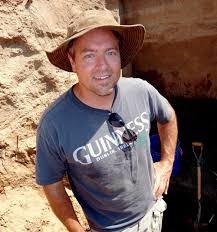
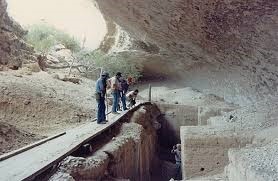
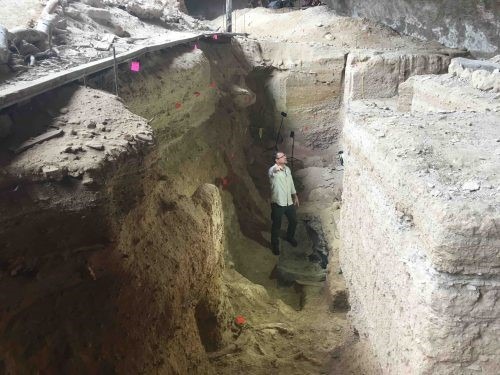
March 16, 2019
TOPIC: “Connellee Peak (41MY5): A Geographically Aberrant Middle Ceramic Period Mesa Top Community in Motley County, Texas”
SPEAKER: Dr. Christopher Lintz, Research Associate, Texas State University
The Connellee Peak site is a small mesa top occupation located in the Middle Pease River drainage in Motley County that has been historically known at least since 1886. The occurrence of flakes, bone, chipped and ground stone tools, prehistoric pottery, and ashy deposits on top of the mesa, as well as more than a dozen deep mortar holes in talus slope boulders attest to prolonged and intensive prehistoric occupations at the site.
Abundant historic graffiti occurs on the sides of the mesa, and even a few turn-of-the-century photographs document that the mesa has been a favorite recreation area since the 19th century. The mesa top sediments were extensively vandalized by a family of relic hunters and their friends between 1947 and 1993 when the patriarch died. The local bank in Matador displays three frames containing more than 500 projectile points attributed to this site, which document dominant prehistoric occupations spanning the Late Archaic through perhaps Late Ceramic Periods (ca. 3,000 to 300 years ago).
A collection of more than 1,800 plain and cord-marked potsherds from Connellee Peak was given to a family friend during the excavations. Over the years, considerable efforts at matching and restoring vessel portions have reduced the pottery assemblage to 1,531 sherds from the Late Prehistoric/Middle Ceramic Period (AD 1200 – 1550). No sherds attributed to the Early or Late Ceramic Periods, nor precise trade wares from East Texas or the Southwest are evident in the ceramic assemblage.
The closest recorded site with cord-marked pottery occurs some 75 km to the north in the Red River Drainage. The Connellee Peak cord-marked pottery has a remarkably high incidence of punctated, incised, and modeled decorations relative to the Antelope Peak Phase peoples in the Canadian River drainage of the central Texas panhandle. Although decorated pottery is rare in most Classic Antelope Creek assemblages, sites in Southern Kansas, the Oklahoma panhandle, and the eastern edge of the Texas panhandle display a wide range of decorations that have been inadequately investigated or rigorously documented.
This talk describes the mesa, associated features and petroglyphs, and the decorated cord-marked ceramic assemblage from Connellee Peak. Comparison of the ceramic decorative motifs draws comparisons with those found elsewhere in a preliminary attempt to determine if the Connellee Peak occupation represents a displaced group or a newly recognized group of people with a distinctively different range of motifs in their cord-marked ceramic assemblage.
CHRIS’ BIO: Dr. Chris Lintz, PhD Archeologist from Austin, Texas, is a Research Associate with the Texas State University Anthropology Department. Chris is newly retired from the Wildlife Division of the Texas Parks and Wildlife Department. While there, he conducted and oversaw the cultural resource studies on 1,200 square miles in 51 Wildlife Management Areas across Texas and also conducted archeological studies for federally-funded wildlife habitat enhancement grants on private lands. He has conducted archeological projects in many states and Puerto Rico in his over 50-year career. He graduated with a B.A. from Arizona State University and earned MA and PhD degrees from the University of Oklahoma.
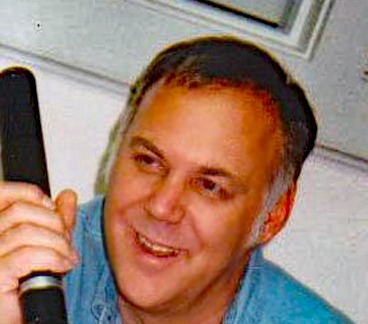
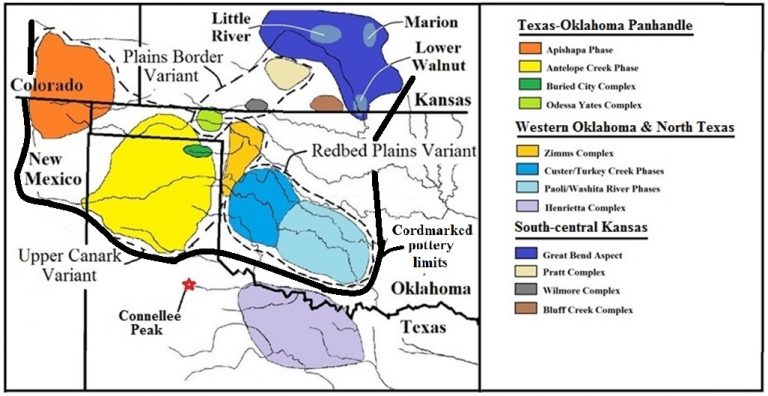
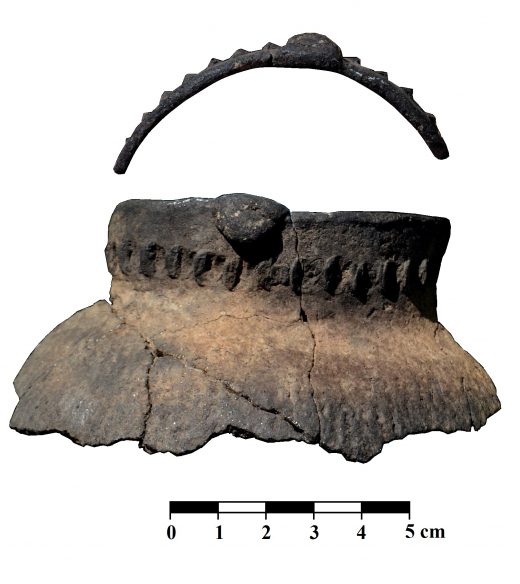
January 19, 2019
TOPIC: Constructing Power in the Preclassic Maya: Monumental Architecture and Sociopolitical Inequality at Early Xunantunich, Belize
SPEAKER: Zoe Rawski, Anthropologist, UTSA
This research focuses on the origins of sociopolitical inequality and, eventually, divine kingship at the site of Early Xunantunich in Belize. Rawski examines this topic primarily by analyzing public monumental architecture and how these buildings change over time. She also emphasizes the importance of ritual performance, feasting, and the exchange of exotic goods in the consolidation of sociopolitical power and discusses how this played a role in the development of kingship in the region. She will also discuss some of the exotic materials found, including a set of late Preclassic jade diadem jewels, which are an indicator of early kingship in the region. More on Xunantunich: Xunantunich Maya Site Belize, Xunatunich Wikipedia
ZOE’S BIO: Zoe Rawski is a PhD candidate at the University of Texas at San Antonio. She received her M.A. from UTSA in 2018 and her B.A. from Hunter College in 2013. In 2017, Zoe was named a National Geographic Young Explorer. Her research focuses on the role of monumental architecture in the rise of sociopolitical inequality and dynastic rulership in the Maya lowlands. She is particularly interested in the strategies implemented in the Preclassic to centralize power and legitimize an emergent Maya elite. She has conducted research at various sites across Belize, most recently focusing on the Preclassic Center of Early Xunantunich in the Mopan Valley, where she is completing her dissertation project.
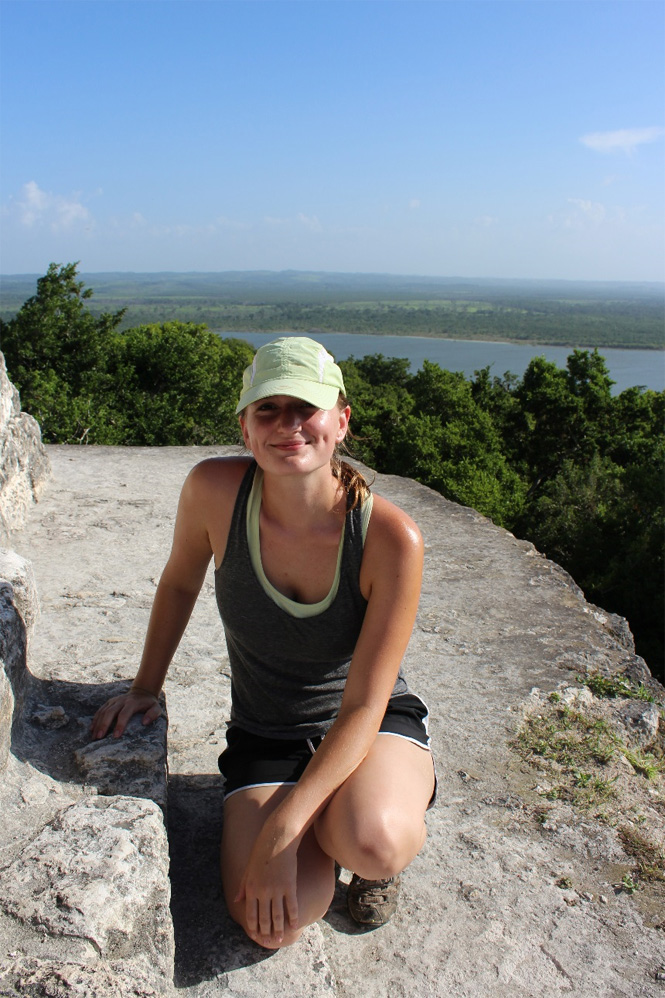
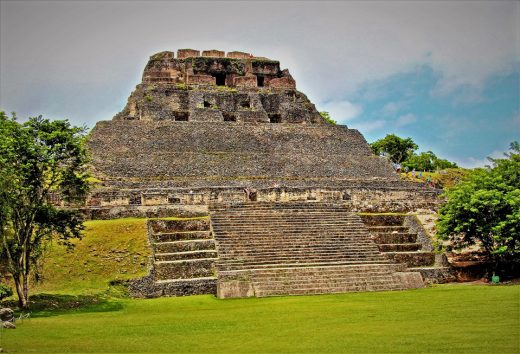
November 17, 2018
This Meeting Will Review Our HCAA Site Work:
TITLE (PART 1): Kemosabe: A Rich Multi-Component Site Along The Guadalupe River, Kerr County – Over 7,000 Years Of Archeology
SPEAKER: Steve Stoutamire, Retired Geologist, MS Geology, BA Anthropology, Texas Archeological Stewardship Network, Member of Texas Archeological Society and Hill Country Archeological Association
Kemosabe is an 88-acre archeological project along the Guadalupe River, West Kerrville, Texas. Five years of investigations by the Hill Country Archeology Association reveal that it is a rich multi-component site with solid cultural representations from the Earl Archaic through Late Archaic. Hints of Late Paleo-Indian and Late Prehistoric culture also occur. Kemosabe is similar to the nearby Gatlin Site (41KR621), hailed in literature as one of the 3 most significant Early Archaic sites ever found in Central Texas. The majority of culture at Kemosabe and Gatlin is within sediments of the second river terrace. Approximately 350 cubic meters of soil was hand excavated at Gatlin compared to 84 cubic meters, thus far, at Kemosabe. The artifact density per cubic meter appears more prosperous at Kemosabe, however. Pending final logistics, the TAS 2020 Field School is planned to be held at Kemosabe.
TITLE (PART 2): Stones, Slaves, Caves, Log Cabins, and Arrowheads: Archeological Sites in Kendall County and Beyond.
SPEAKER: John Benedict, Retired TAMU Biologist, BA Biology, Ph.D. Arthropod Biology, Texas Archeological Stewardship Network, Member of Texas Archeological Society and Hill Country Archeological Association
The Hill Country Archeological Association aims to survey and record new archeological sites before being lost to construction, looting, and erosion. Many of our members are engaged in this activity. I will discuss some newly recorded historic and prehistoric archeology sites in Kendall and surrounding counties. These range from a historic slave cabin to a cemetery for former slaves, to prehistoric rock art, to burned rock middens and sinkholes explored for grave sites of prehistoric peoples. Some of these sites represent the first people to live in this area, while others are the first German immigrants to settle here in the 1850s. Others were the first English settlers who came from Tennessee, Louisiana, and Mississippi, some with their slaves, and settled here to grow cotton or set up grist mills to grind grain for flour or make bricks or shingles from bald cypress or charcoal for cooking, or raise cattle and sheep. They all have a story to tell and have left behind bits and pieces of their lives that tell us how they lived and maybe a little of who they were.
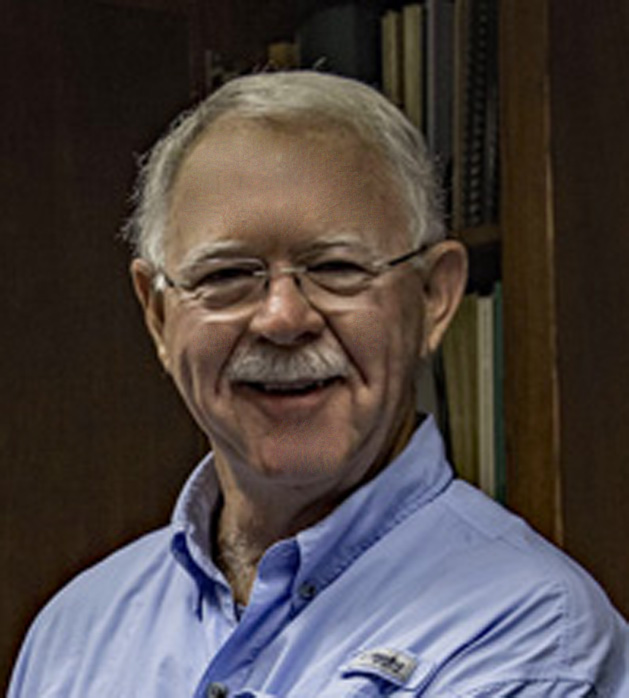
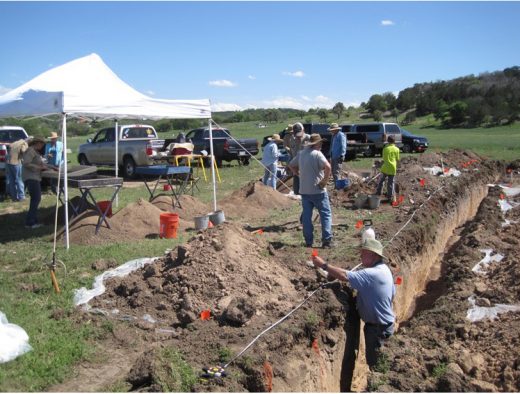
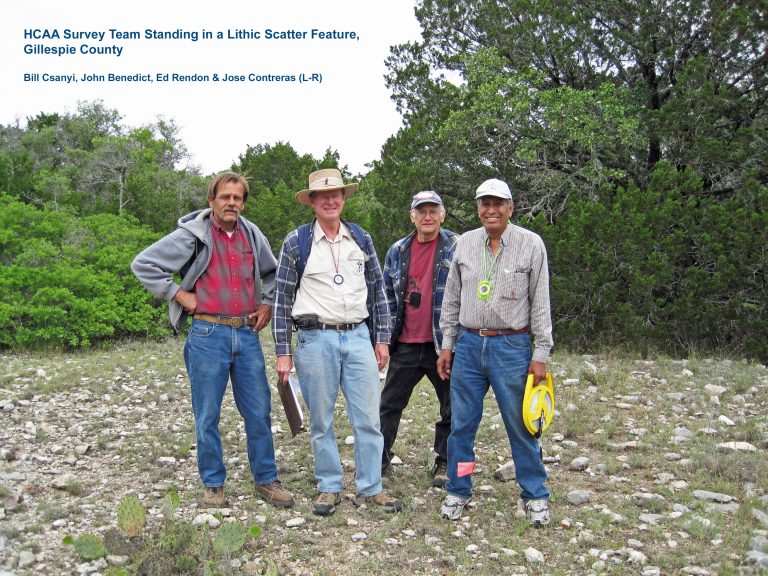
September 15, 2018
TITLE: Sorting the Fragments: Osteological Research of Hellenistic to Early Christian Tombs in Cyprus
SPEAKER: Dr. Nick Herrmann, Associate Professor, Anthropology Dept, Texas State University
The island of Cyprus in the Eastern Mediterranean has been occupied for over 12,000 years. During the Bronze Age through the Roman period, the population across the island increased significantly, with major towns and cities being established at several modern metropolises. As a result, tombs from all periods are often found during planned excavations and construction in the cities.
The analysis of a highly commingled human bone collection recovered from three tombs in Nicosia will be discussed and placed within the island’s historical context. In addition, the methods applied will be highlighted relative to forensic anthropological applications utilized for commingled human remains.
NICHOLAS’ BIO: Nicholas Herrmann received his BA and MA from Washington University in St. Louis in 1988 and 1990, respectively. After stints at the University of New Mexico Office of Contract Archaeology and the Smithsonian Institution, he completed his Ph.D. at the University of Tennessee in 2002. Since then, he has worked for the University of Tennessee in a Post-Doctoral position in 2003 and then as a Research Assistant Professor in the Forensic Anthropology Center and Archaeological Research Laboratory. He then moved to the Department of Anthropology and Middle Eastern Cultures at Mississippi State University in 2008 until 2016. In January 2016, he started as an Associate Professor in the Department of Anthropology at Texas State University. He has worked across the US and in Central America. He has active projects in Greece, Cyprus, and the US.
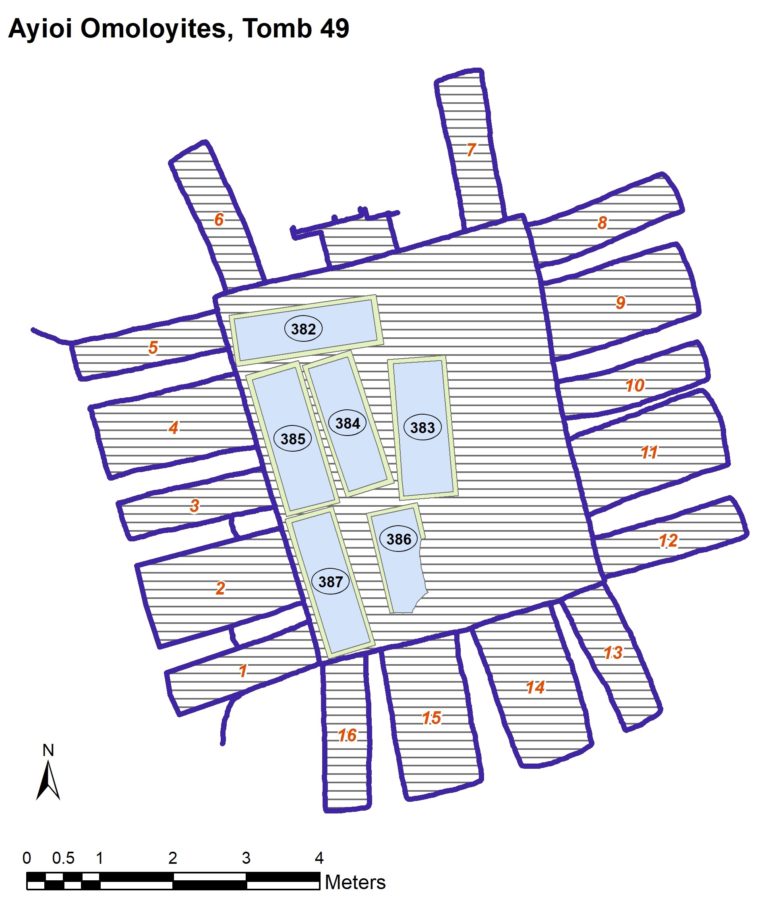
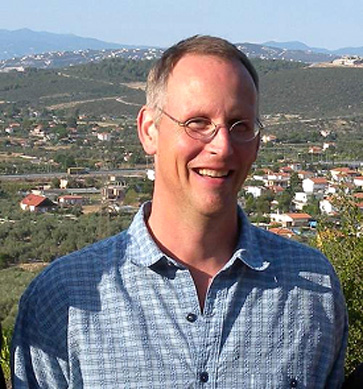
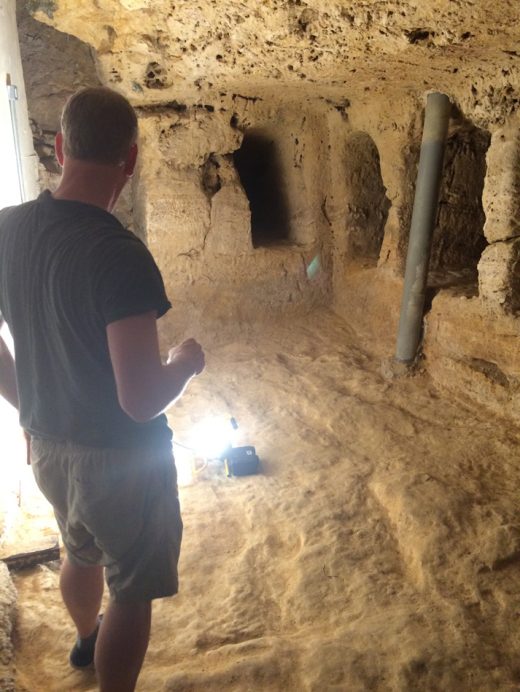
July 21, 2018
SPEAKER: Dr. Elton Prewitt, Research Fellow at TARL, University of Texas, Austin
TOPIC: The Mystery of Painted Pebbles in Prehistoric Cultures
Small painted stones found in dry rock shelters throughout the Lower Pecos Canyonlands have intrigued avocational and professional archeologists for nearly a century. Traditionally interpreted as ritual objects, they often are attributed to women’s roles in increased rituals involving fertility and water abundance, with specific motifs linked to natural phenomena relating to life cycles. Post-painting breakage of painted pebbles is common. Once they were used for their intended purposes, they were no longer sacred and were returned to secular use as mundane tools. Many pebbles, whether whole or broken, display pitting and scratching suggestive of knapping tools.
In this talk, I discuss the history of pebble investigations, the previously defined styles of painted pebbles, and their variability through time. I explore the differences in painting techniques, the colors used, and the kinds of stones selected in the sample of over 700 specimens currently under analysis. Some problems encountered during the analysis of painted pebbles are reviewed, including preservation and post-excavation/collection treatment. Some of the component elements observed and their variation in placement are described. While interpretations of the meaning of the painted images are far from being identified, a few suggestions for avenues of research are provided.
My collaborators on this project are Dr. Jean Clottes of Foix, France, and Dr. Carolyn Boyd, who holds the Shumla Endowed Professorship at Texas State University in San Marcos.
ELTON’S BIO: Mr. Prewitt (B.A., M.A.) is a Research Fellow at the Texas Archeological Research Laboratory, The University of Texas at Austin. A Registered Professional Archeologist, the retired co-founder of Prewitt and Associates, Inc., also holds an adjunct appointment in the Department of Anthropology at Texas State University. He currently serves on the boards of directors of the Shumla Archeological Research and Education Center and the Gault School of Archeological Research.
His area of interest is Texas archeology, and over the past 55-plus years, he has worked in every part of the state. He has authored or co-authored numerous monographs, articles, and book chapters and has delivered over 90 papers, lectures, and talks. His specialty areas include southern plains prehistory, projectile point morphology, regional Texas chronologies, and portable art.
A native of Kirbyville, Mr. Prewitt makes his home near Austin with his wife, Kerza.
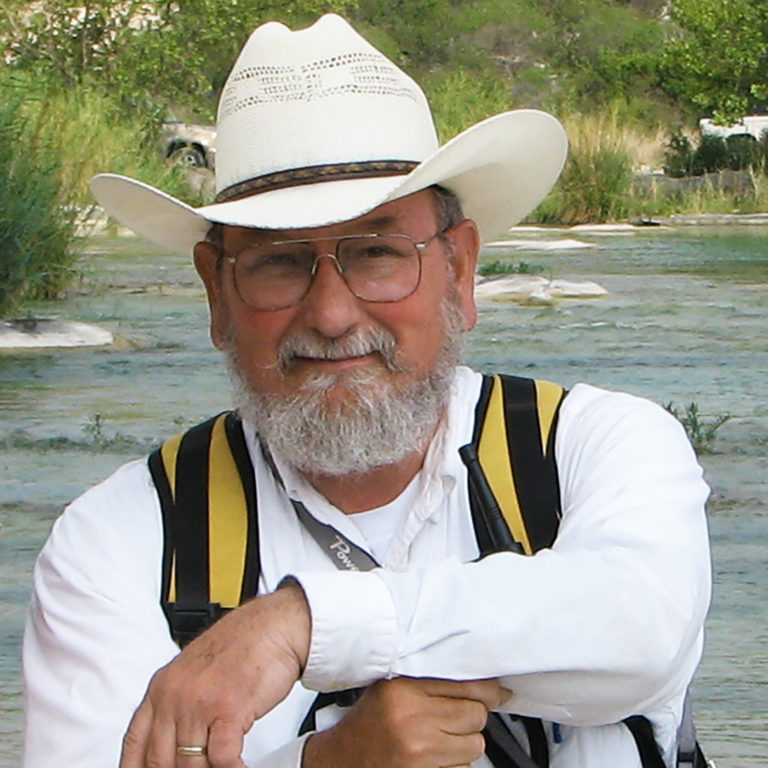
-
 Red Painted Pebbles
Red Painted Pebbles -
 Painted Pebbles from Val Verde County
Painted Pebbles from Val Verde County -
 Red Painted Pebbles
Red Painted Pebbles -
 Black Painted Pebbles
Black Painted Pebbles
May 19, 2018
TOPIC: Bison: Human Predation and Climate Change
SPEAKER: Dr. Harry J. Shafer, PhD, Professor Emeritus, Texas A&M
This talk is about bison predation by prehistoric Indians and climate. Bison were valuable resources for food and trade to central Texas Indian groups but were not always present. Over the past 12,000 years, the climate has gradually warmed, but during that time, several cold episodes dramatically affected bison movements into central Texas.
The ebb and flow of bison presence and absence significantly impacted the economy and lifeways of the native Indian groups. Trade, establishing territorial rights, and internecine warfare were all consequences of bison presence. In this talk, I highlight the material expressions left behind during the bountiful and lean times that help us tell the story of central Texas’ dynamic past.
HARRY’S BIO: Dr. Shafer is the Curator of Archaeology at the Witte Museum. He received his Bachelor of Arts and Doctor of Philosophy degrees in Anthropology at The University of Texas at Austin. He was employed for 10 years as an archaeologist at UT-Austin before moving to Texas A&M University in 1972 to establish the archaeology program. He retired after 30 years of teaching at Texas A&M University and moved to San Antonio.
His research specialty is material culture, especially lithics, ceramics, architecture, and mortuary patterns. His field research areas include Texas, the Mimbres and Jornada areas of the American Southwest, and southern Maya Lowlands in Belize.
Dr. Shafer has authored or co-authored over 300 monographs, journal articles, book chapters, and posters. He has written two books, Ancient Texans: Art and Lifeway Along the Lower Pecos, and Mimbres Archaeology at the NAN Ranch Ruin, New Mexico, and has co-authored two books, Maya Stone Tools and Field Methods in Archaeology and edited Painters in Prehistory: Archaeology and Art of the Lower Pecos Canyonlands. He co-owns an archaeological consulting business Abasolo Archaeological Consultants with Dr. Thomas Hester in San Antonio Texas.

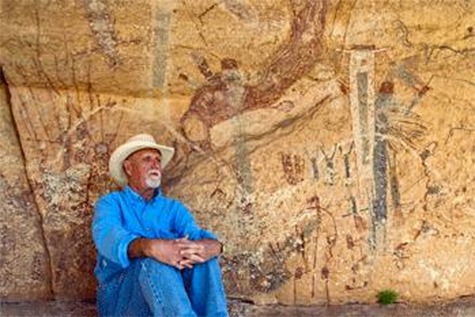
March 17, 2018
TITLE: Cultural Learning and the Clovis Colonization of North America
SPEAKER: Dr. Michael J. O’Brien, Provost, Texas A&M University-San Antonio & Professor of History, Texas A&M University-San Antonio
The timing of the earliest colonization of North America is debatable, but what is not at issue is the point of origin of the early colonists: Humans entered the continent from Beringia and then made their way south along or near the Pacific Coast and/or through a corridor that ran between the Cordilleran and Laurentide ice sheets in western North America. Eventually, they abandoned their Arctic-based tool complex for one more adapted to an entirely different environment.
That new techno-complex is termed “Clovis,” and its dispersal allows us to examine, at a fine scale, how colonization processes played out across a vast continent that at the time had at best, a very small resident population. Clovis has figured prominently in American archaeology since the first Clovis points were identified in eastern New Mexico in the 1930s. Still, the successful marriage of learning models grounded in evolutionary theory and modern analytical methods that began roughly a decade ago has begun to pay significant dividends in terms of what we know about the rapid spread of human groups across the last sizable landmass to witness human occupation.
MICHAEL’S BIO: Michael J. O’Brien was born in Houston in 1950 and graduated from St. Thomas High School in Houston in 1968. His undergraduate degree is from Rice University (1972), and his Ph.D. from the University of Texas at Austin (1977). After graduation, he served as a research associate at the University of Nebraska–Lincoln until 1980, when he joined the University of Missouri as an assistant professor of anthropology and director of the American Archaeology Division, the research arm of the anthropology department.
He became director of the Museum of Anthropology several years later and joined the College of Arts and Science dean’s office as associate dean for research. He was promoted to professor in 1989 and became dean of arts and science in 2006 following a national search.
O’Brien is best known for his work in evolutionary archaeology and biology and has authored or edited 26 books and written over 150 articles, which have appeared in journals such as Science, Philosophical Transactions of the Royal Society, Behavioral and Brain Sciences, Journal of Human Evolution, and Journal of Theoretical Biology. O’Brien and his wife, Gloria, have five grown children and a rather lazy cat, Marley.
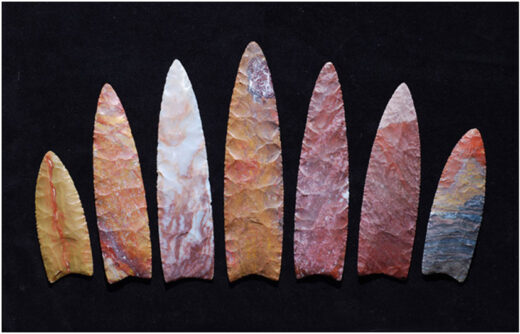
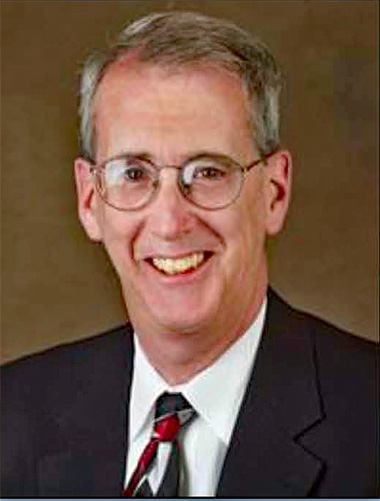
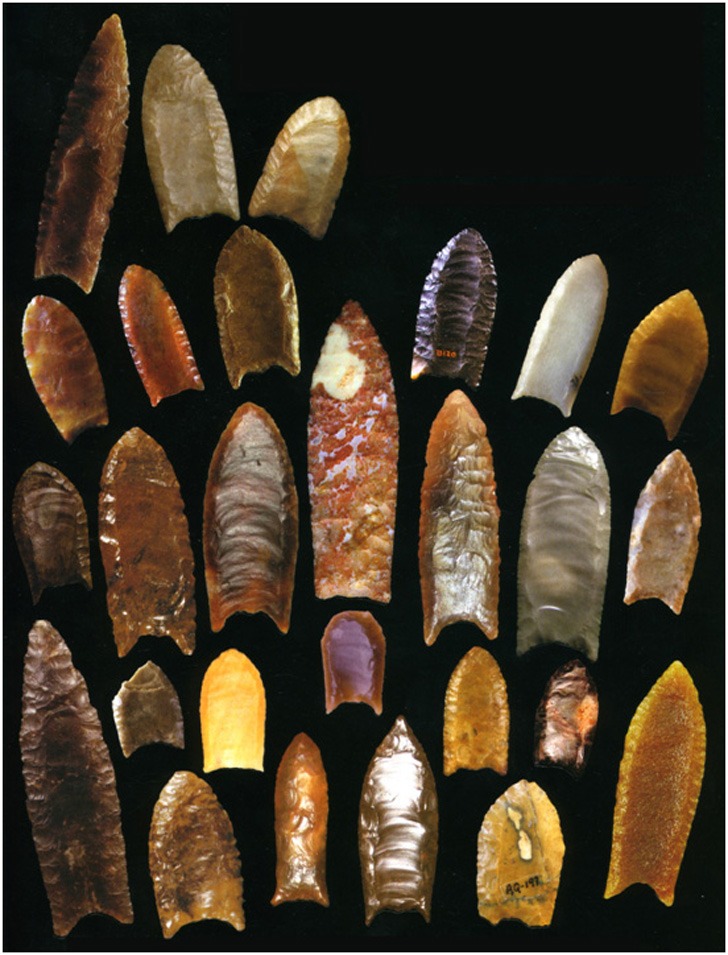
January 20, 2018
TITLE: With My Own Two Hands: A Survey of Domestic, Military, and Agricultural Lithic Artifacts in the Ancient Near East
SPEAKER: Dr. David Maltsberger, Ph.D., Professor, School of Religion and Philosophy, Wayland Baptist University, San Antonio campus
The lithic story of the Ancient Near East extends from the Paleolithic period into later periods when copper, bronze, and iron implements began to appear alongside earlier stone tools. Yet, the widespread use of stone tools and weapons did not entirely diminish in the Bronze and Iron Ages.
Domestic hand tools, agricultural blades, mace heads, and sling stones provide insights into the extended functionality of these utilitarian collections that allowed for the settlement and conquest of the Near East despite changes in social structures and political rule.
Beginning with a survey of the development and spread of stone tools across the cultural spectrum, we will examine how various lithic assemblages that appeared by the Neolithic Period evolved and remained an integral part of the life of the peoples of the Levant for millennia side by side with their more durable metal counterparts.
DAVID’S BIO: David Maltsberger is a Professor in the School of Religion and Philosophy at Wayland Baptist University’s San Antonio campus. Since 1984, he has participated in and served as principal investigator on archaeological projects in Israel, Jordan, and Turkey. His work has included studies of Late Bronze Age scarabs and seals in Israel, several surveys of Jordanian megalithic funerary monuments of the Early Bronze Age, and, more recently, studies of Greco-Roman sacred iconography in SE Turkey. He and his wife, Elaine, live in Boerne and have four adult children.
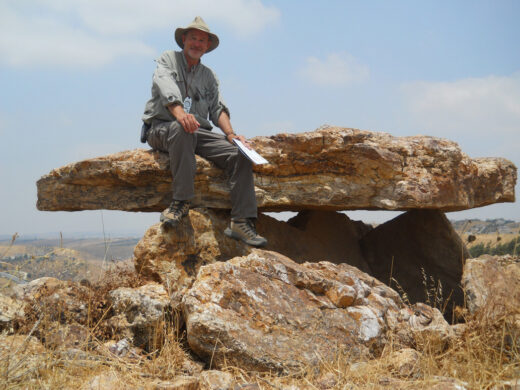

November 18, 2017
TITLE: The Chamber of Secrets at Xunantunich, Belize: Investigating Ancient Maya Sages
SPEAKER: Kat Brown, Associate Professor, UTSA, Anthropology Department
Although ancient Maya graffiti has been documented at a number of sites, our understanding of this art form remains limited. New evidence from the ancient Maya site of Xunantunich may shed light on the function of graffiti in certain contexts. Investigations at El Castillo, a 39-meter-tall acropolis, uncovered a Late Classic eastern room that was carefully filled with clay and stacked stones. The walls were covered with incised images and designs, ranging from simple sketches (graffiti) to more formal renderings.
In this presentation, we suggest that this room was a special place where an ancient Maya Sage trained apprentices in the arts and sacred knowledge. Lending support to this interpretation, the walls were partitioned into sections, and several images were repeated as if the designs were being practiced. This suggests that some plastered walls were not simply structural but also served as canvases for sketching, artistic training, and learned scribal expression. This newly discovered chamber of secrets provides a glimpse into how ancient Maya sacred knowledge was passed on.
KATHRYN’S BIO: M. Kathryn Brown is the Lutcher Brown Endowed Associate Professor in Anthropology at the University of Texas at San Antonio. She received her Ph.D. in Anthropology at Southern Methodist University in 2003. Her research focuses on the rise of complexity in the Maya lowlands and the role of ritual and ceremonial architecture in the Preclassic period.
Much of her research examines questions related to the development of divine kingship during the Preclassic and how this institution was continually maintained and legitimized during the Classic period through religion, economy, and warfare. She is currently the director of the Mopan Valley Preclassic Project and co-director of the Mopan Valley Archaeological Project.
She has focused her recent investigations at the site of Xunantunich, Belize. She is the coeditor of Ancient Mesoamerican Warfare (with Travis Stanton, 2003) and Pathways to Complexity: A View from the Maya Lowlands (with George J. Bey III, 2018), and she has several recent publications that have appeared in Mexicon, Advances in Archaeological Practice, Latin American Antiquity, and Research Reports in Belizean Archaeology.
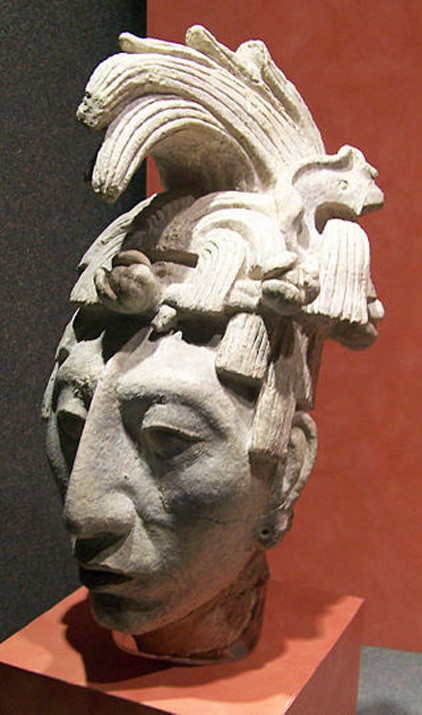
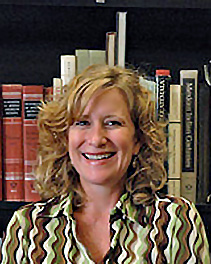
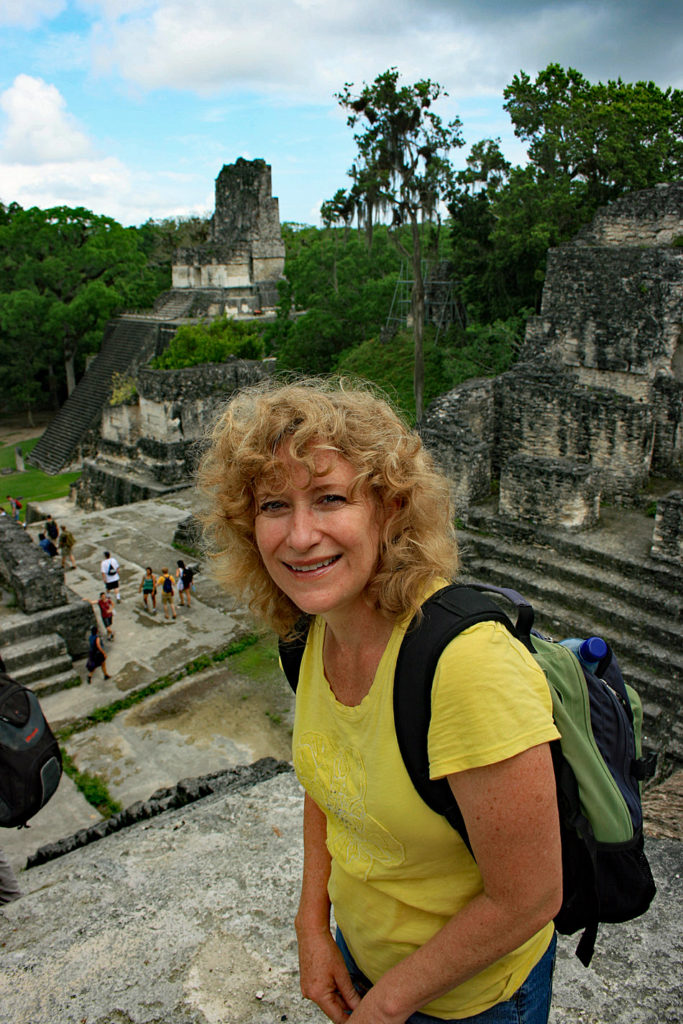
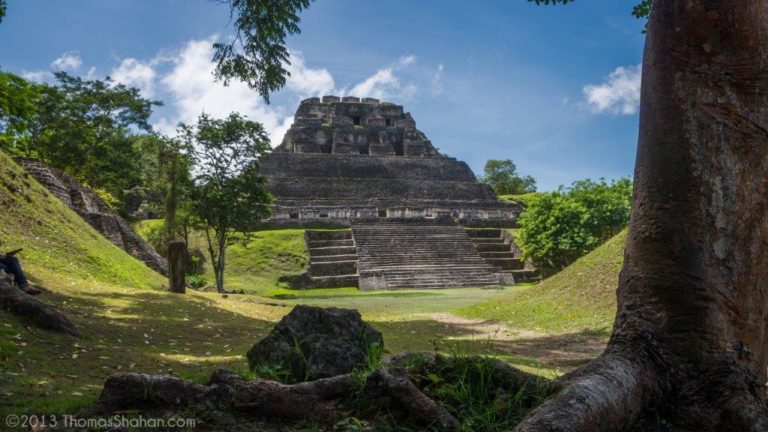
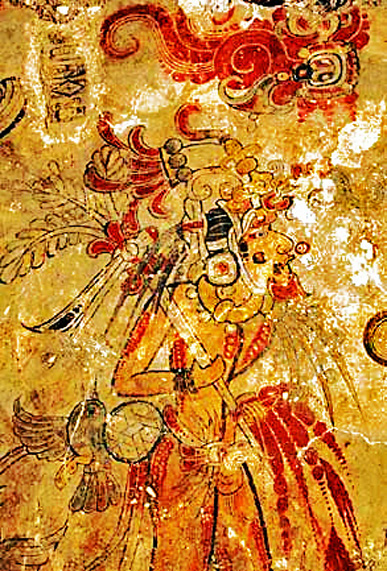
September 16, 2017
TITLE: An Investigation into Late Prehistoric Trade Fair Sites in Texas
SPEAKER: Eric Schroeder, BA, MA, MS, Anthropology, Archeology, Geography
Archeologists have used the term “trade fair” to describe a cluster of spatially distinct contemporaneous artifact assemblages within a particular site representing distinct cultural groups engaged in exchange. Such an inference has been taken as somewhat tenuous, as it is based largely on conjecture and lacks the robustness to be considered a meaningful archeological pattern. This talk seeks to enhance our understanding of prehistoric trade fair sites by proposing an improved model of this phenomenon – one that incorporates ethnohistoric and ethnographic data on native trade practices.
ERIC’S BIO: Eric Schroeder is a Ph.D. Candidate at the University of Texas at Austin, writing his dissertation on how prehistoric mobile populations in Texas between A.D. 1250 and 1700 organized their internal politics. His work focuses on the particular strategies tribal and group leaders employed to establish and maintain leadership and control over intertribal coalitions. In addition to his academic interest, Eric is a long-time professional in archeology and historic preservation and operates his own archeological consulting firm out of the Austin area. Eric was raised in West Texas, where, as a young lad, he learned the value of a good, hard day’s work as a farmhand on his family’s farm. He is a retired US Army combat veteran living in Bastrop County with his wife, Susan.

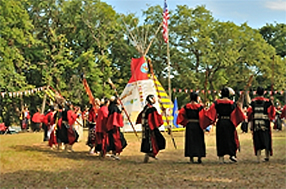
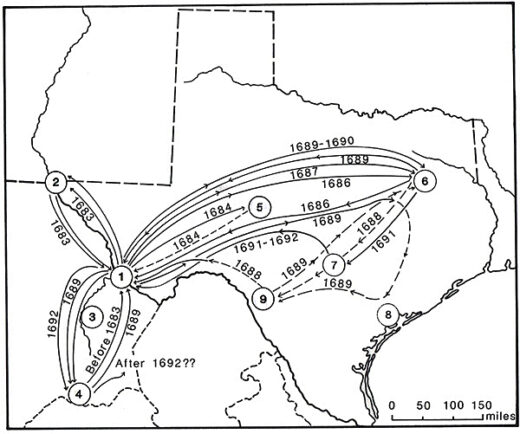
July 15, 2017
TITLE: Hauling Rocks and Fired Clay: Late prehistoric interactions around and beyond the alibates quarries in the Texas Panhandle
SPEAKER: Dr. Christopher Lintz, Ph.D.
Two of the Late Prehistoric period (AD 1200-1500) Plains Village farming groups in the panhandle are the Antelope Creek phase, centered on the Alibates flint quarries in the Canadian River drainage, and the Buried City Complex along Wolf Creek in the northeastern part of the panhandle. Both groups lived in similar stone foundation houses and made Cordmarked pottery. Still, the people of the Buried City Complex made much larger houses and had a much higher incidence of decorated Cordmarked pottery. These differences are sufficiently stark to permit archaeologists to draw potentially different kinds of adaptations for the two areas. Attempts to understand and explain the differences between Antelope Creek and Buried City have been elusive.
This talk examines the formation and occurrence of the beautifully banded Alibates chert mined by the Antelope Creek people. It surveys the distribution exchange of this valuable commodity used for making cutting and scraping implements before the occurrence of metal artifacts. Compiling petrographic and geo-chemical data from pottery sites across the region, I propose that the Buried City Complex is not a different culture but rather this functionally specialized area that represents both a rendezvous trade center hosting southern Kansas groups and a gateway region for keeping foreign groups away from the valuable chert mining quarries in the Canadian River valley.
CHRISTOPHER’S BIO: Dr. Christopher Lintz recently retired as the Wildlife Division archaeologist at Texas Parks and Wildlife Division and is currently a Research Associate with Texas State University in San Marcos. He has been an archaeologist since 1963 and has participated in and conducted projects in 17 states and Puerto Rico. Since 1970, he has focused his geographical research interests on the southern High Plains with emphasis on ecological anthropology involving paleo-environmental reconstruction, settlement/subsistence patterns, architectural and community patterns, technological trends in lithic resource extraction and tool manufacture, ceramic technology, and exchange/interaction across the Southern Plains region with adjacent areas. His Ph.D. dissertation, awarded in 1984, focused on defining the Antelope Creek phase of the Texas-Oklahoma panhandle region. More than 40 of his 350 publications have investigated facets of the prehistoric human primary activities and adaptations to this region.
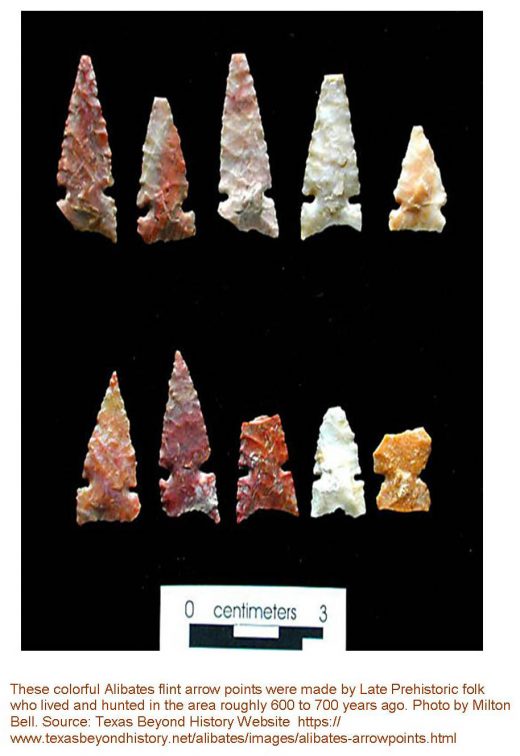

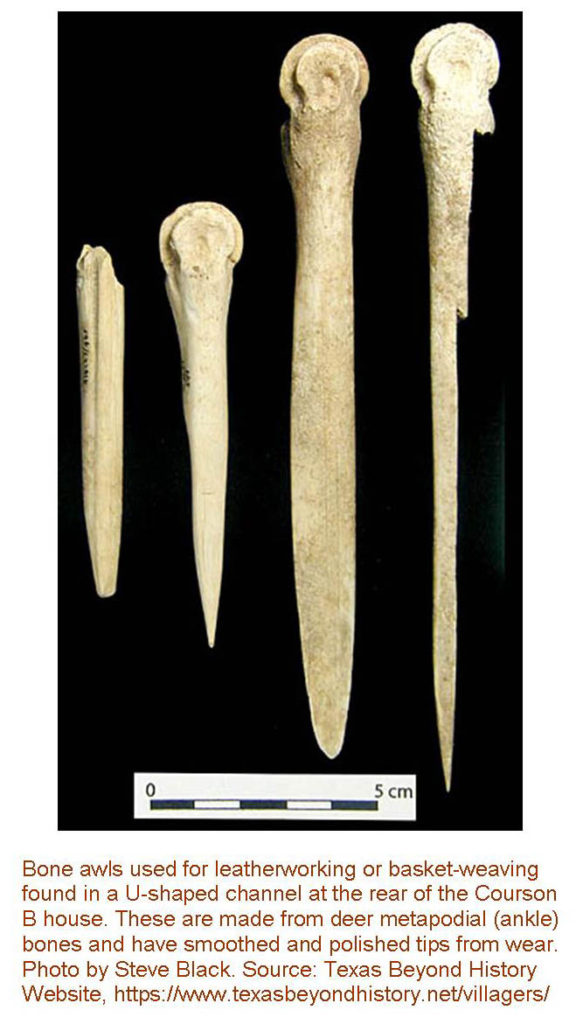

May 20, 2017
TITLE: Obsidian at archaeological sites in Central and Southern Texas: Their geological sources and cultural implications
SPEAKER: Thomas R. Hester, PhD
Since 1970, the Texas Obsidian Project has analyzed dozens of obsidian flakes, broken bifaces, and arrow points from a wide range of central and south Texas sites. The geochemical analyses of X-ray fluorescence and neutron activation techniques have linked these pieces to distant obsidian outcrops from southern Idaho to western Mexico. Moreover, the time frame for the obsidian artifacts ranges from Clovis times up to the Historic era.
Perhaps the most surprising aspect of this project has been identifying Mexican obsidian sources at about 20 sites in central and south Texas. Some of these sources lie 600-800 miles distant. At one site in Medina County, 4 pieces of obsidian were found – from 2 different sources in the State of Jalisco, Mexico.
The growing database on Texas obsidian sources has allowed us to assess its cultural meaning in hunter-gatherer groups, yet leaves several mysteries that continue to be pursued.
DR. HESTER’S BIO: Dr. Hester is a native of Carrizo Springs and now lives in Marble Falls. His BA is from UT-Austin and his Ph.D. UC-Berkeley. He taught for more than 30 years at UTSA and UT-Austin. He has done archaeological research in Texas, Mexico, Belize, California, and Montana and is the author of more than 600 published books, monographs, and articles on his studies.
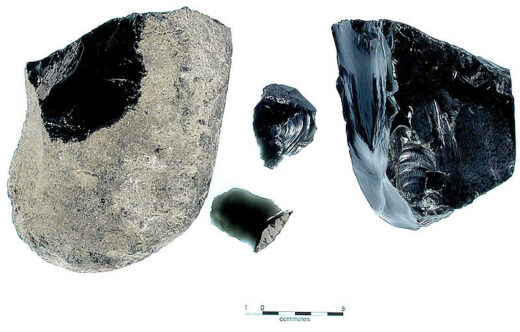
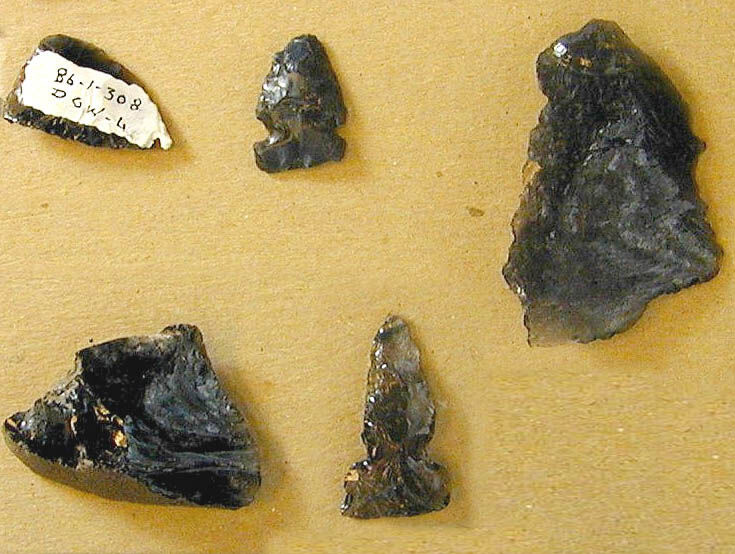
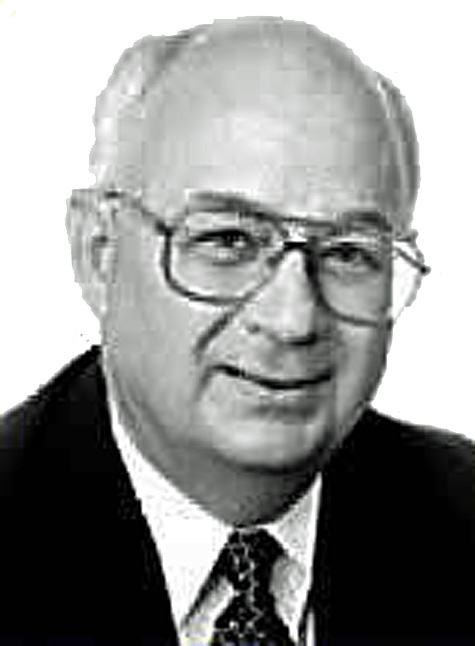

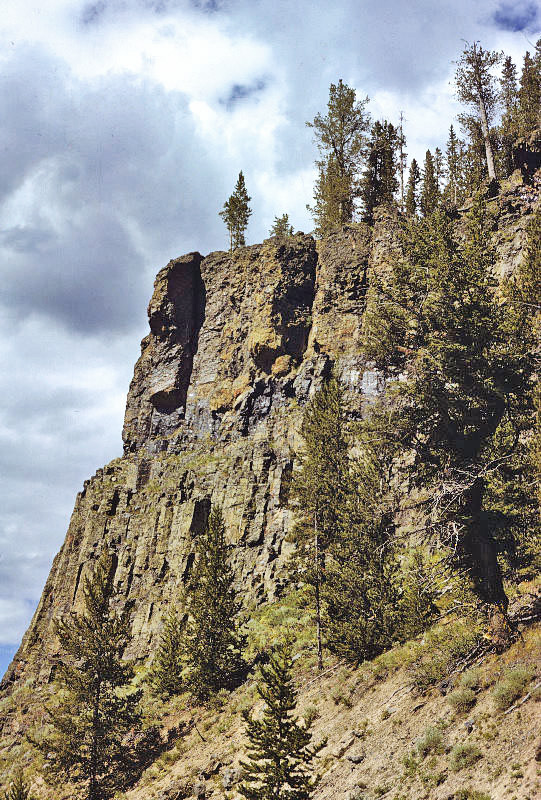
March 18, 2017
TITLE: Hall’s Cave, Kerr County, Texas, A Unique Paleoenvironmental Site with Associated Archeology
SPEAKER: Steve Stoutamire
Hall’s Cave is typical of many caves within the karsted limestones of the Edwards Formation of the Edwards Plateau. It is very atypical, however, in that its sediments have recorded a nearly complete history of at least the last 17,000 years. Within these sediments are remains of plants and animals that lived within the cave or whose remains were washed into the cave or brought there by carnivores. The cave has been studied by numerous scientists, including vertebrate paleontologists, paleobotanists, geologists, and archeologists.
Native Americans intermittently used the cave and surrounding area from the late Paleo-Indian period to the Late Prehistoric period. Studies of the floral and faunal remains within the cave sediments have enabled scientists to interpret Central Texas ancient temperatures and moisture levels, ancient soil cover and depths, and, ultimately, past landscapes and floral coverage. Hall’s Cave is considered by some scientists to be the best site in Texas to study ancient environments. It is also considered one of the top sites in the United States and the world for these studies.
STEVE’S BIO: Steve Stoutamire is a retired petroleum geologist with an MS in geology from Texas Tech University and a BA in Anthropology/ Archeology from Florida State University. Since retirement in 2007, he has devoted much of his time to the archeology of the hill country of Texas through both site work and public education of professional archeology standards and topics. He is a member and past president of the Hill Country Archeology Association (HCAA) and a member of the Texas Archeology Society. He serves as a Texas Archeology Steward for the Texas Historical Commission.
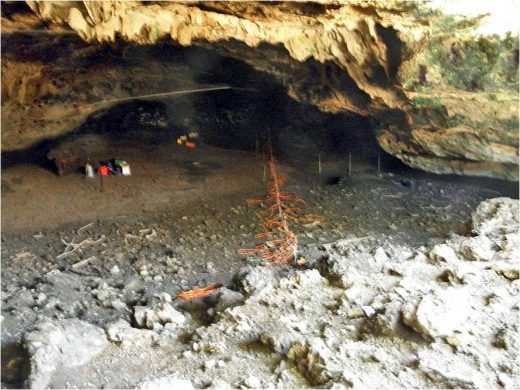

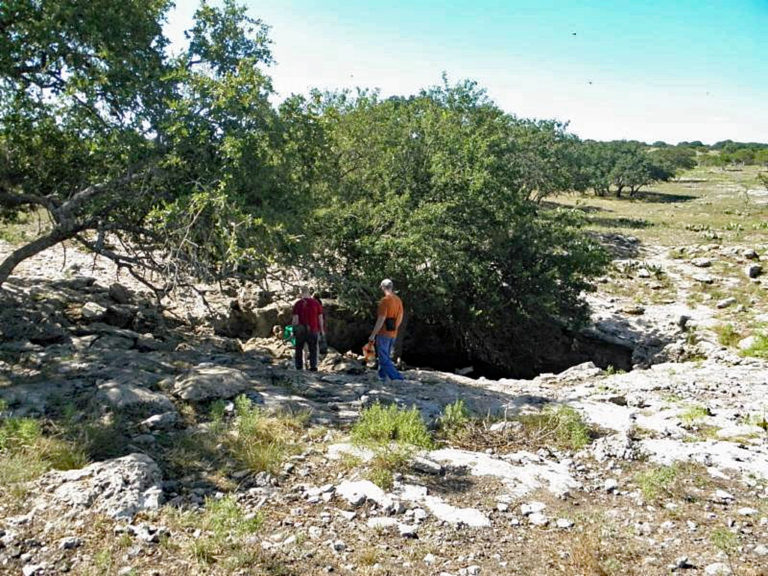

January 21, 2017
TITLE: The White Shaman Mural: An Enduring Creation Narrative in the Lower Pecos Canyonlands of Texas
SPEAKER Dr. Carolyn E. Boyd, Research Director and founder of Shumla Archaeological Research and Education Center
The prehistoric hunter-gatherers of the Lower Pecos Canyonlands of Texas and Coahuila, Mexico, created some of the most spectacularly complex, colorful, extensive, and enduring rock art of the ancient world. Perhaps the greatest of these masterpieces is the White Shaman mural, an intricate painting that spans some twenty-six feet in length and thirteen feet in height on the wall of a shallow cave overlooking the Pecos River. In discussing the White Shaman Mural, Carolyn E. Boyd takes us on a journey of discovery as she builds a convincing case that the mural tells a story of the birth of the sun and the beginning of time—making it possibly the oldest pictorial creation narrative in North America.
Unlike previous scholars who have viewed Pecos rock art as random and indecipherable, Boyd demonstrates that the White Shaman mural was intentionally composed as a visual narrative, using a graphic vocabulary of images to communicate multiple levels of meaning and function. Drawing on twenty-five years of archaeological research and analysis, as well as insights from ethnohistory and art history, Boyd identifies patterns in the imagery that equate, in stunning detail, to the mythologies of Uto-Aztecan speaking peoples, including the ancient Aztec and the present-day Huichol. This paradigm-shifting identification of core Mesoamerican beliefs in the Pecos rock art reveals that a shared ideological universe was already firmly established among foragers living in the Lower Pecos region as long as four thousand years ago.
DR. BOY’S BIO:Dr. Carolyn E. Boyd is the Research Director and founder of a nonprofit corporation, Shumla Archaeological Research and Education Center (www.shumla.org). The organization’s mission is to preserve through documentation and education the prehistoric art of southwest Texas and Coahuila, Mexico. She serves as Research Professor at Texas State University. Boyd received her doctorate in archaeology from Texas A&M University based on her analysis of the 4,000 year-old rock art of the Lower Pecos Canyonlands of southwest Texas. She is the author of Rock Art of the Lower Pecos, published in 2003 by Texas A&M University Press and The White Shaman Mural: An Enduring Creation Narrative, available through the University of Texas Press in the fall of 2016. She has published in numerous peer reviewed journals, such as Antiquity, American Antiquity, Latin American Antiquity, Revista Iberoamericana de Lingüística, and Archaeometry and has contributed chapters in several edited volumes. Boyd teaches Field Methods in Rock Art, a three-week field school offered through Texas State University, gives numerous lectures around the country and abroad, serves on graduate committees, and is the Principal Investigator for the Lower Pecos Border Canyonlands Archaeological Project.
